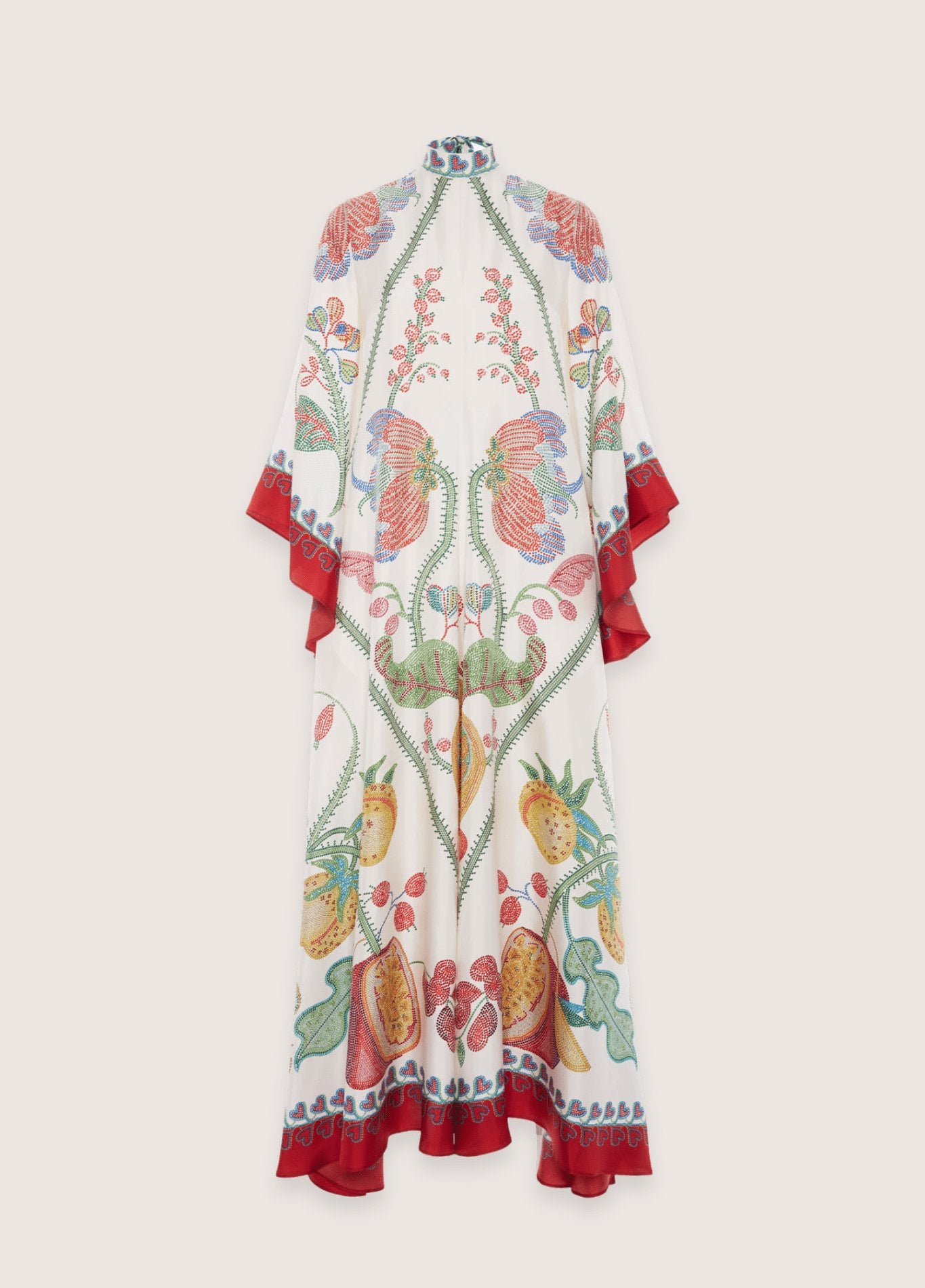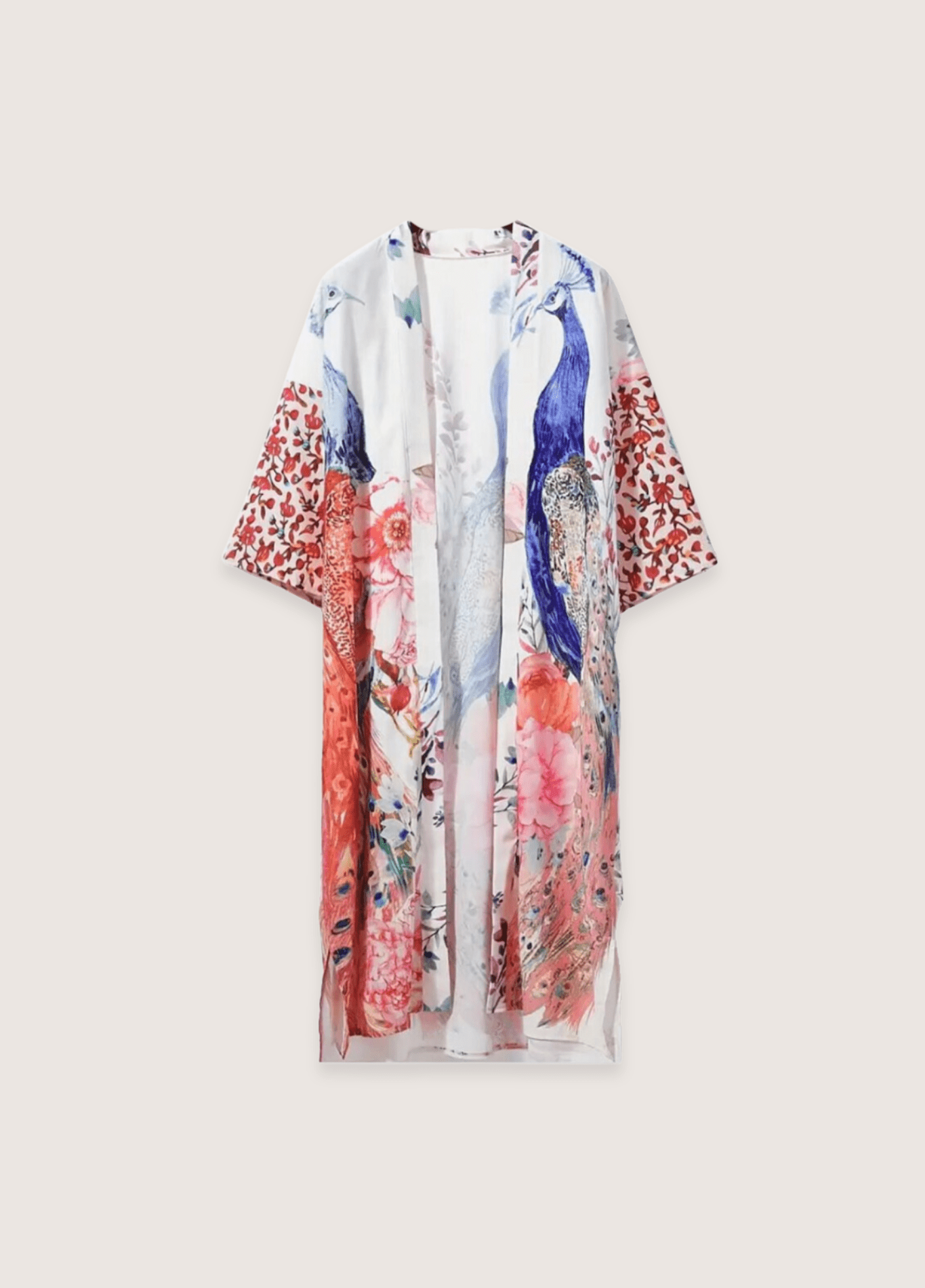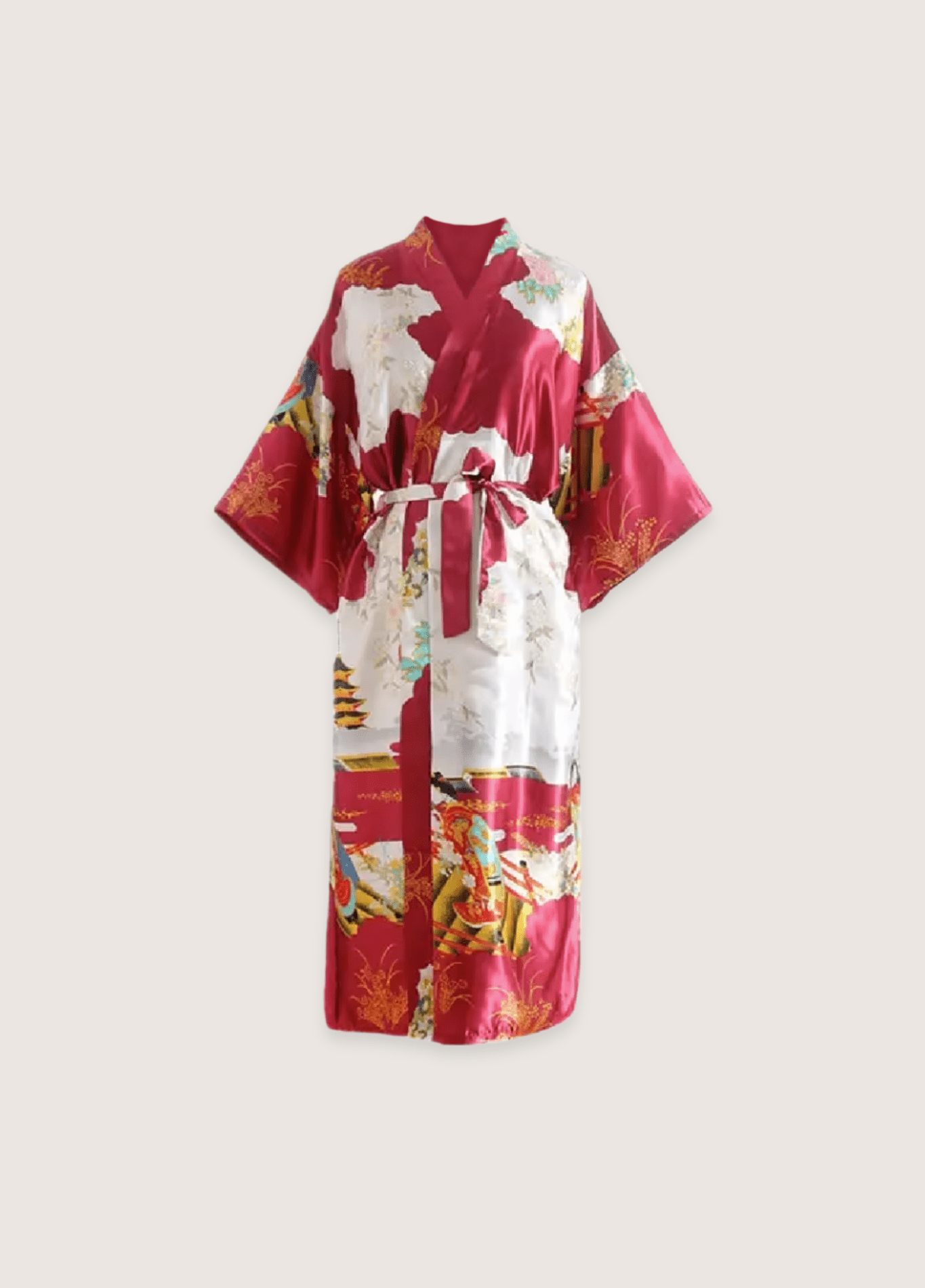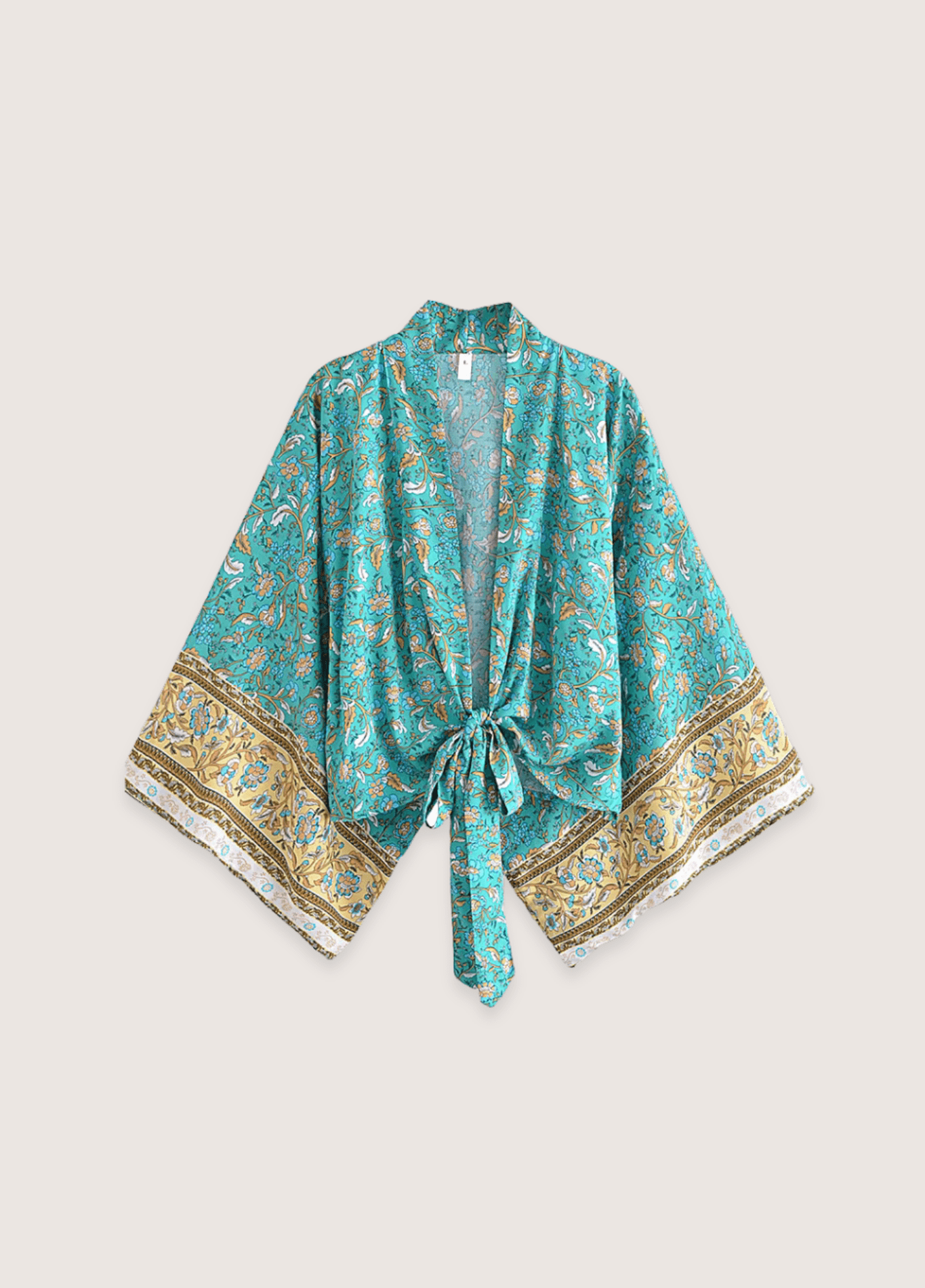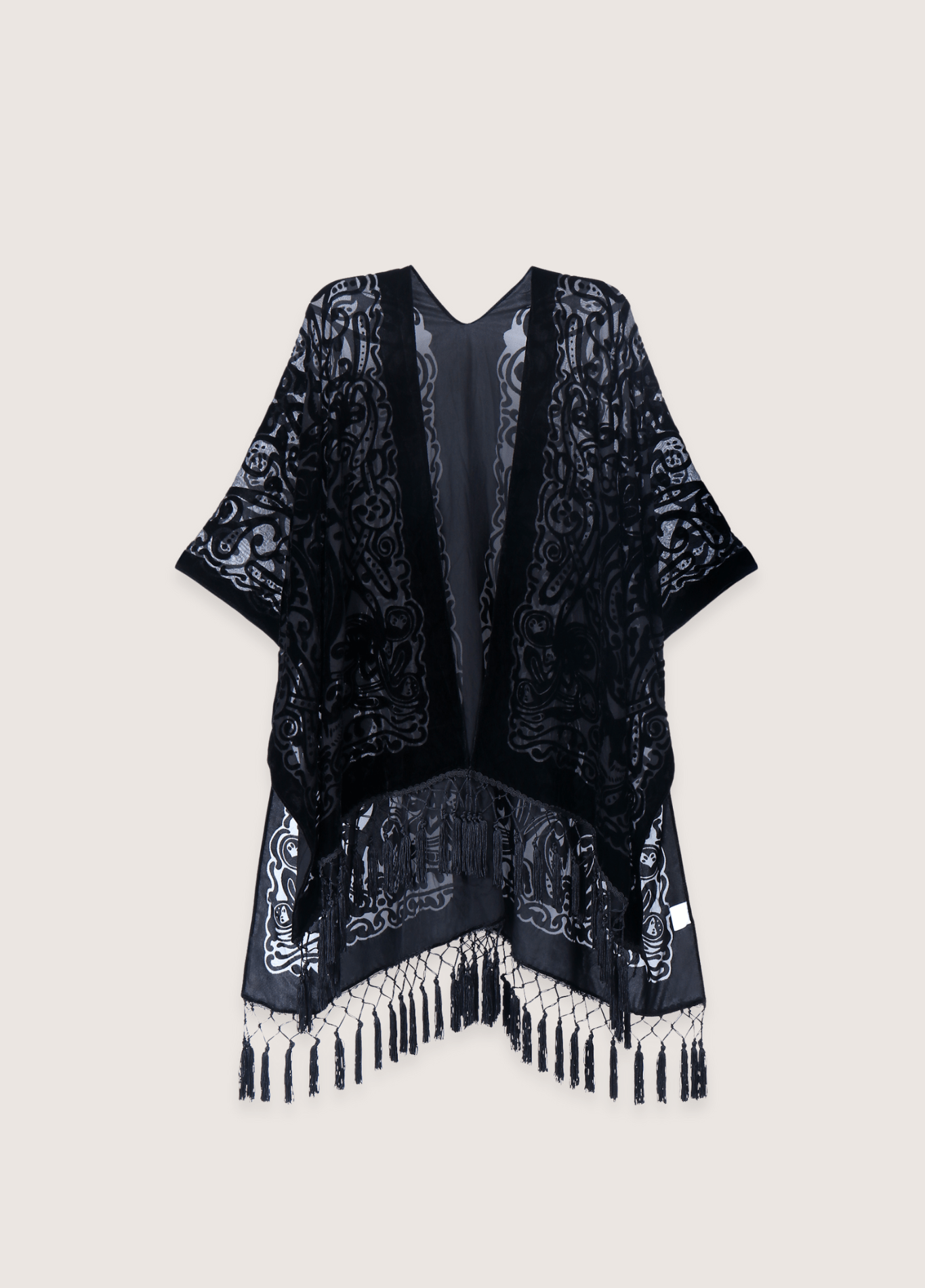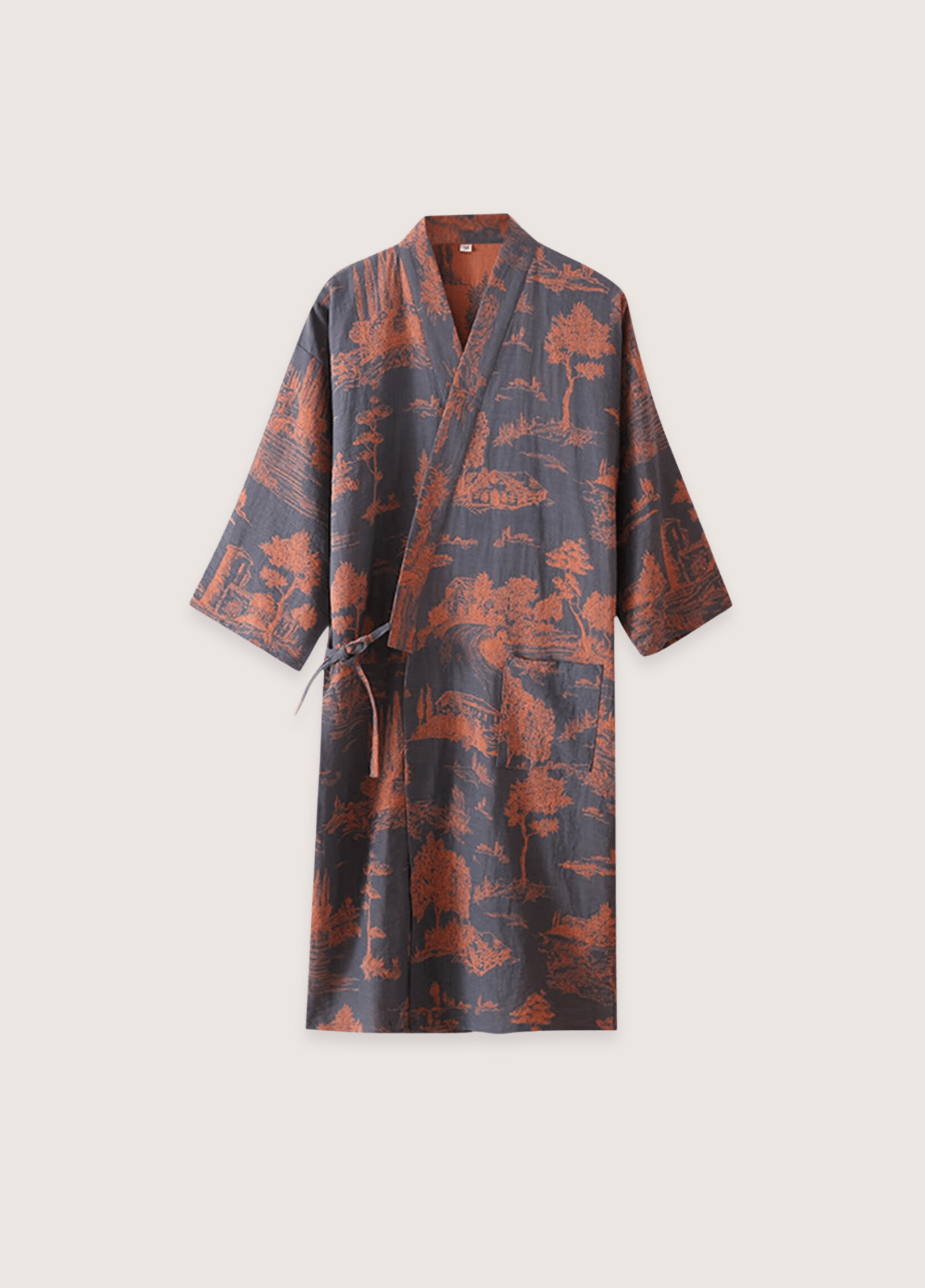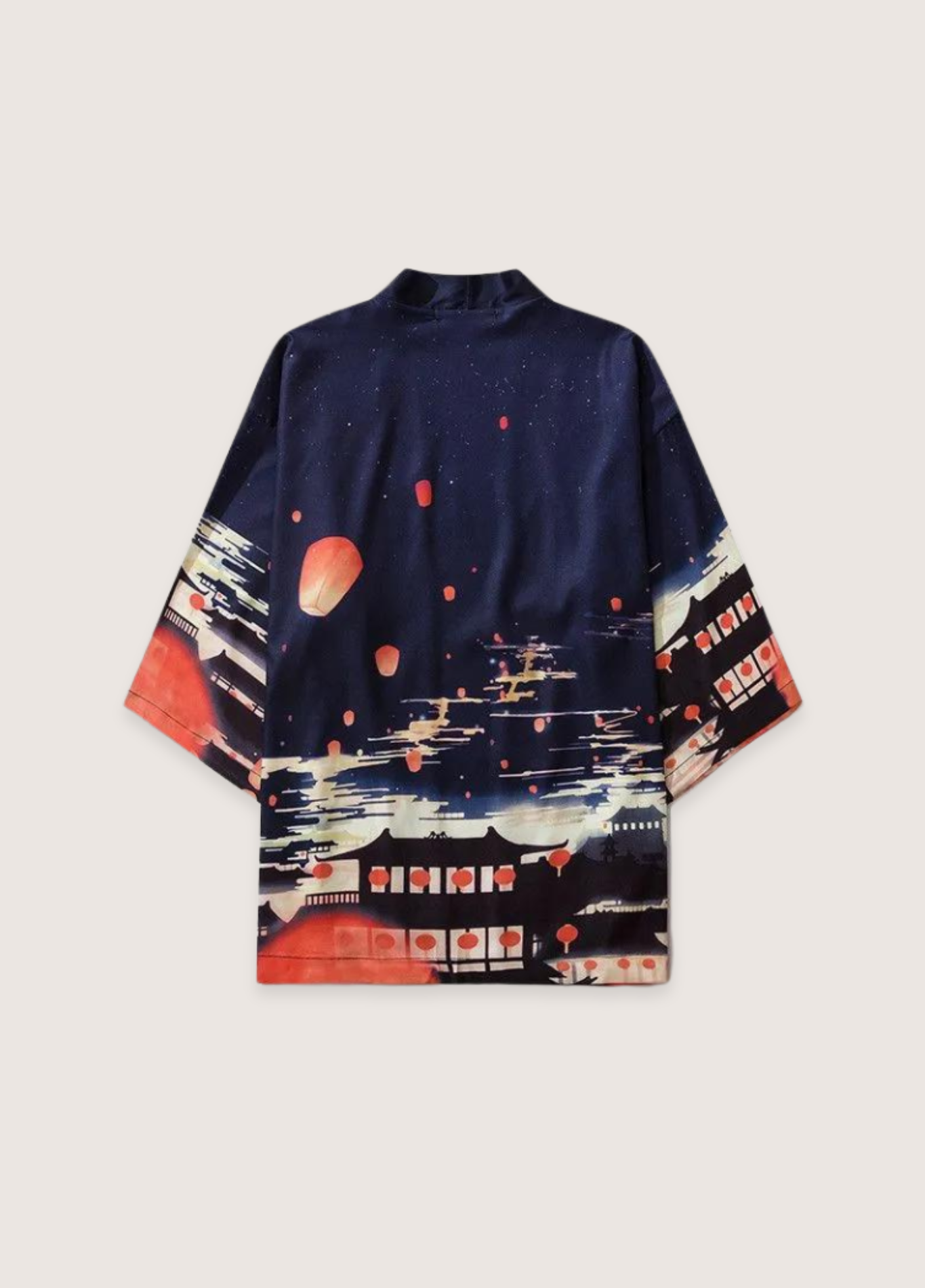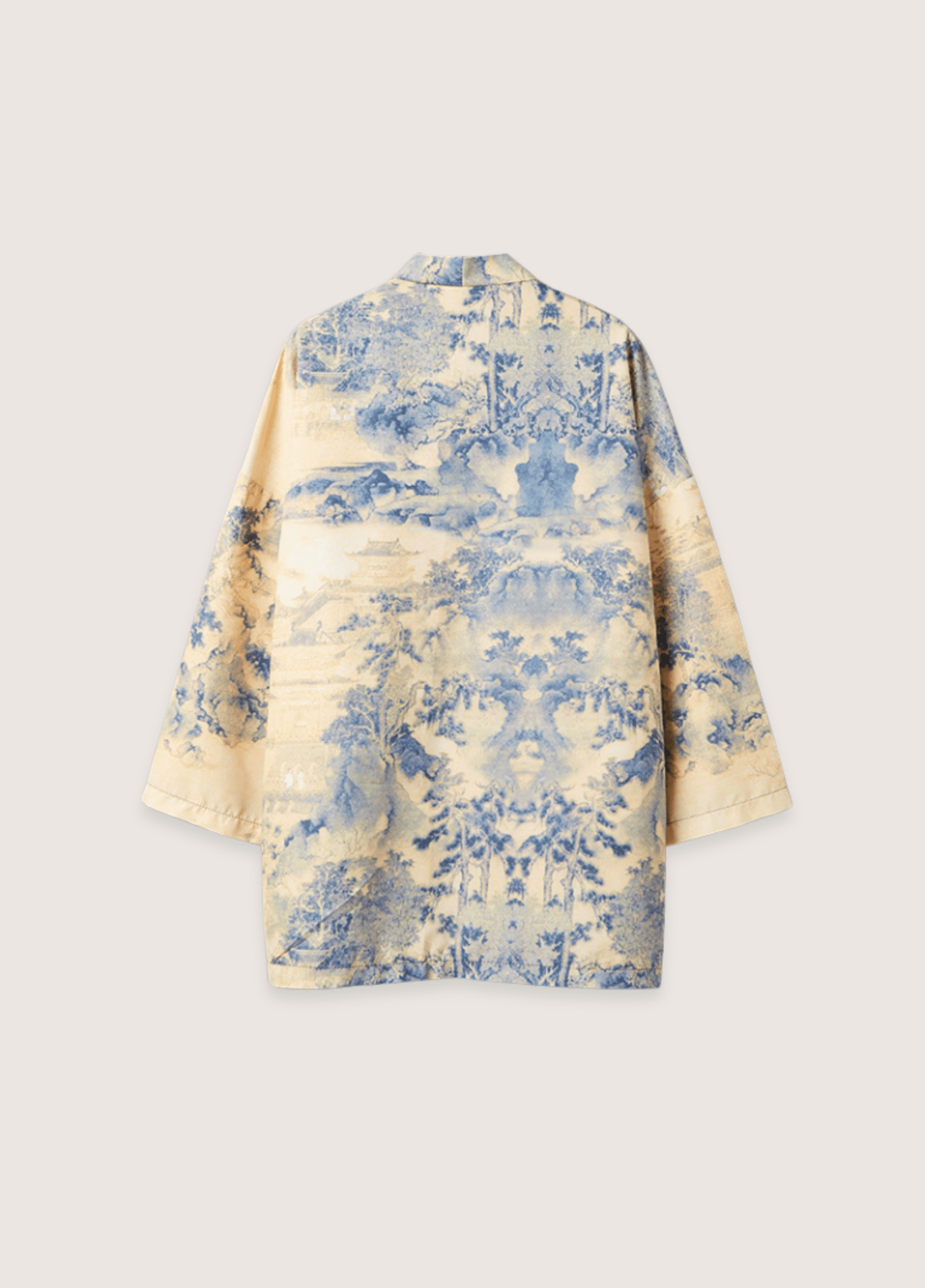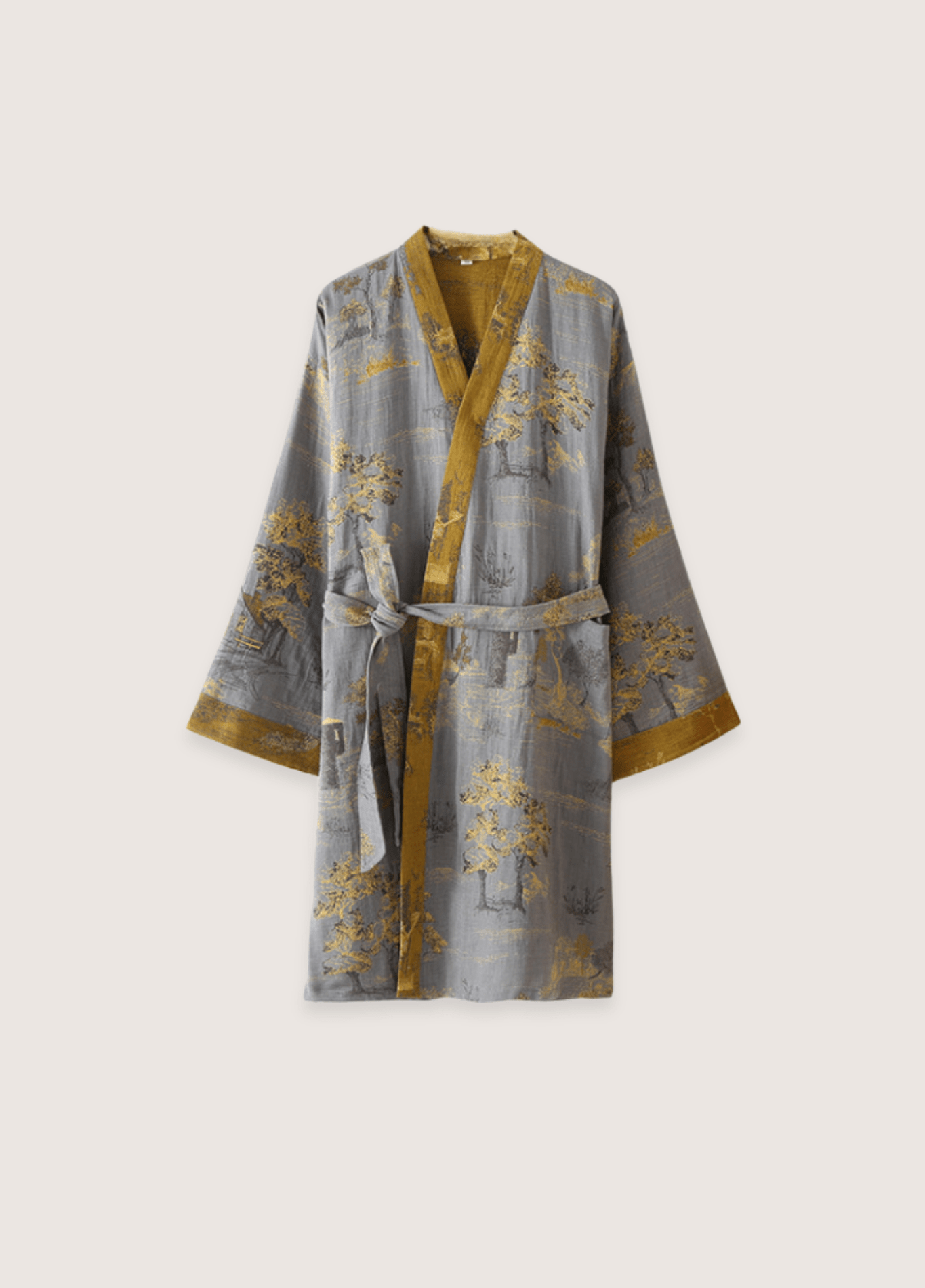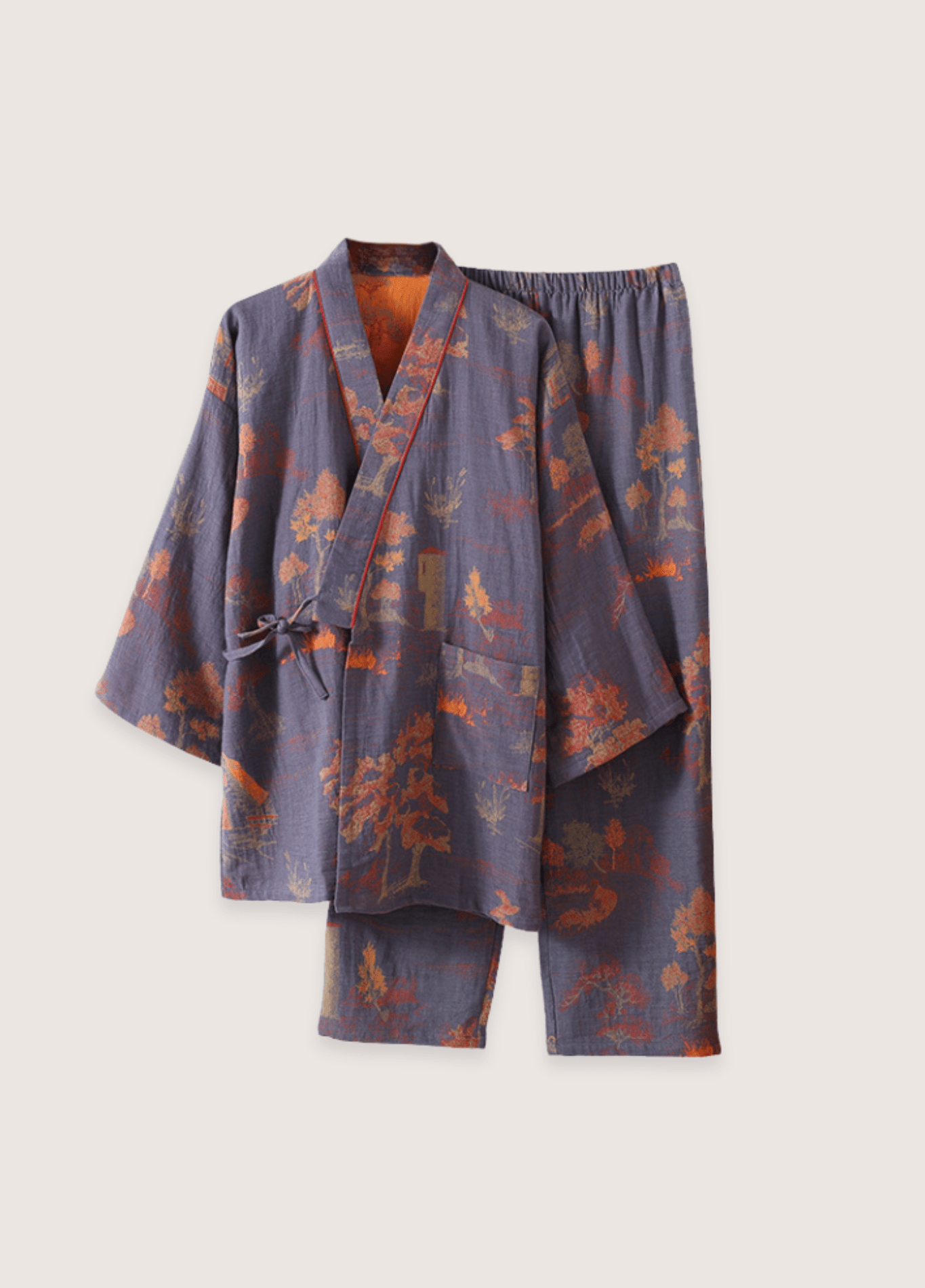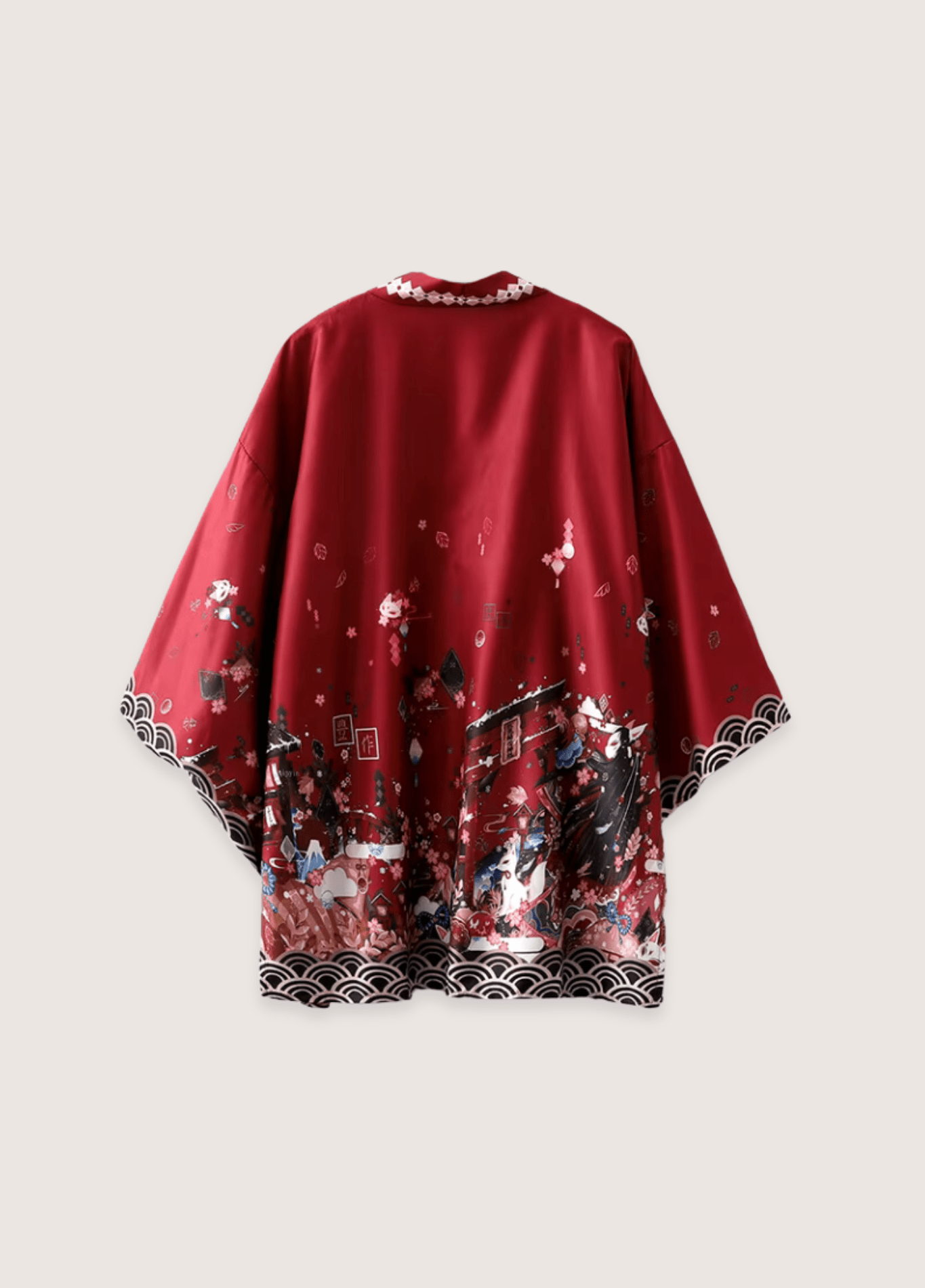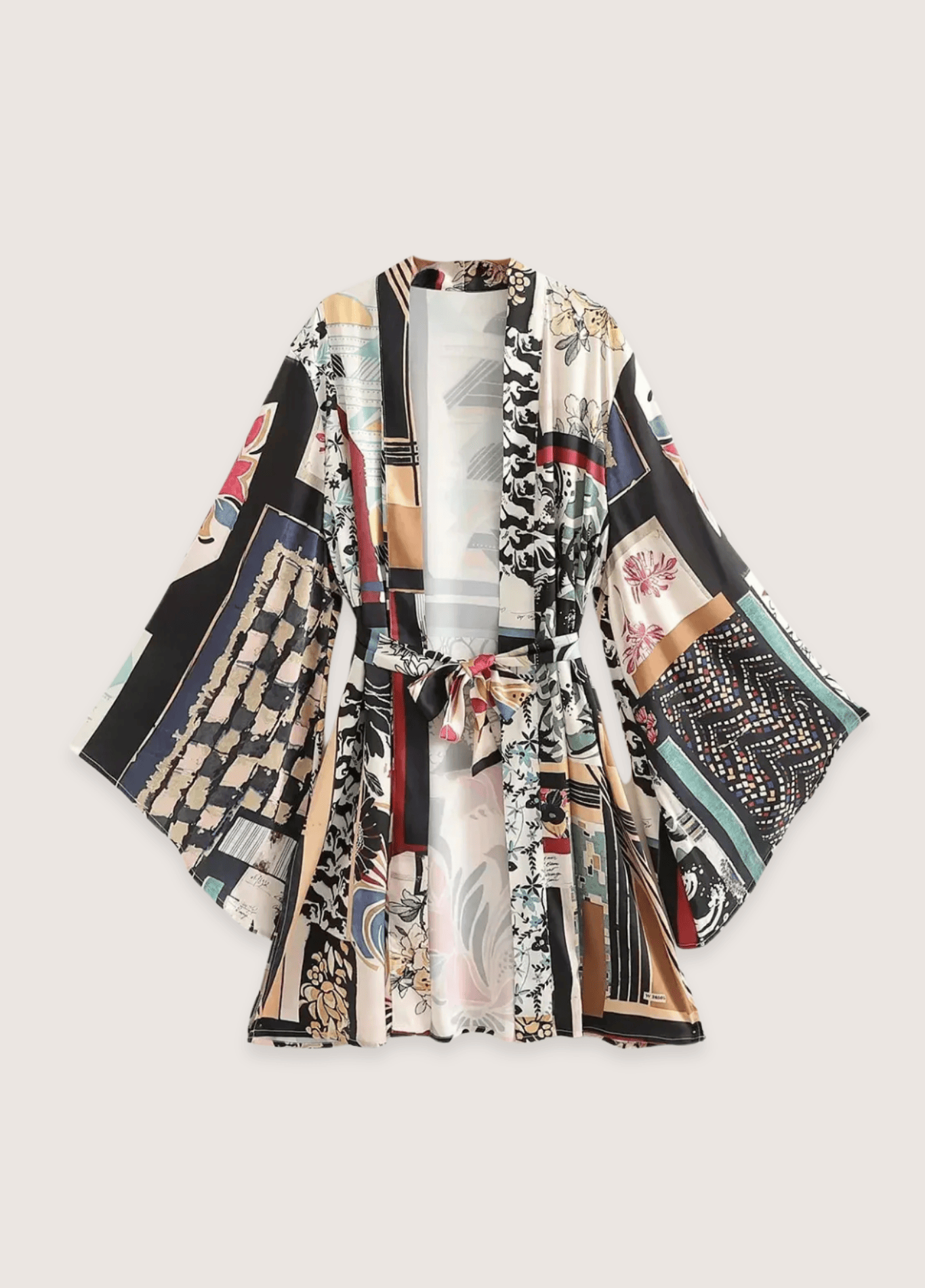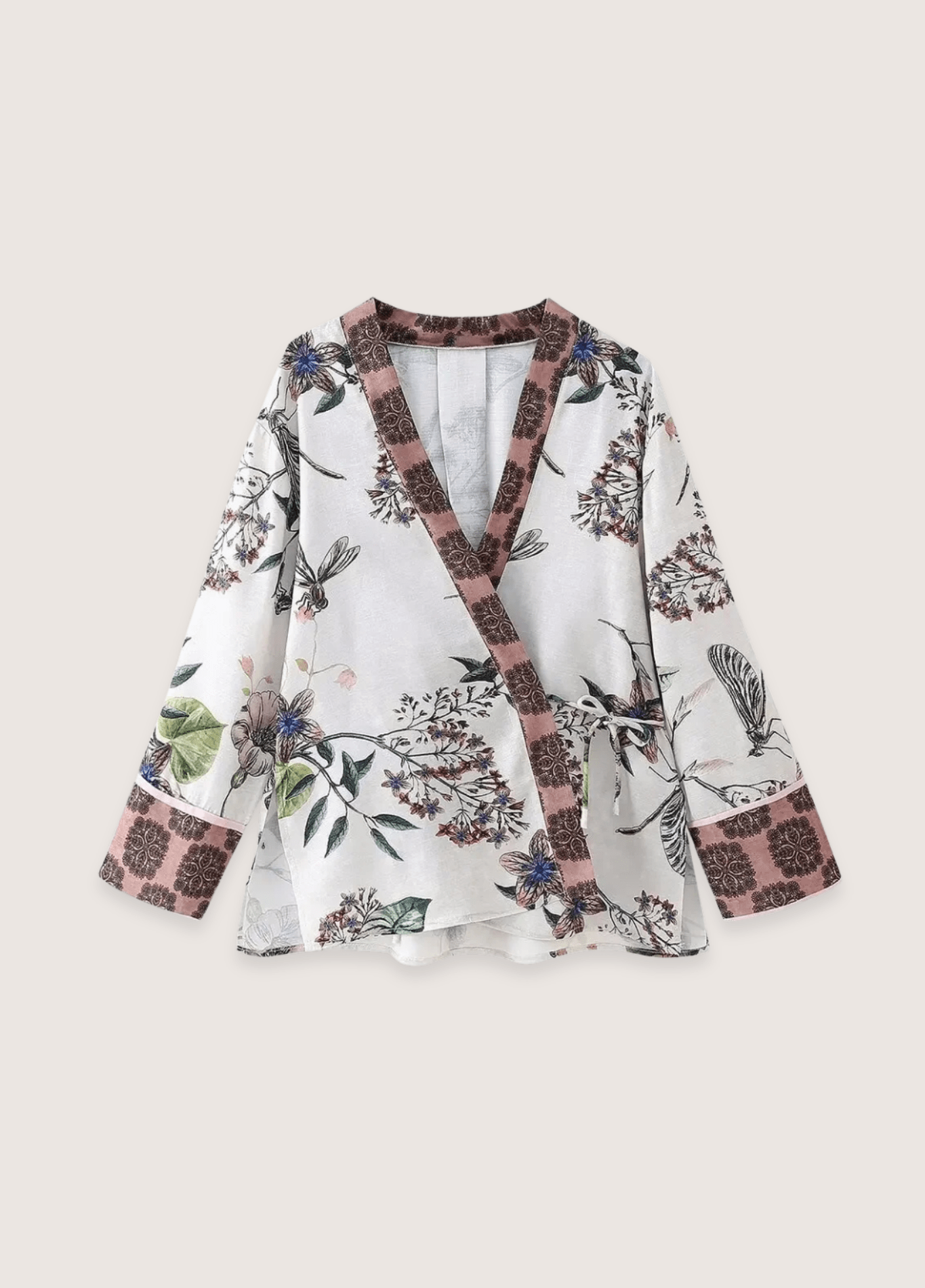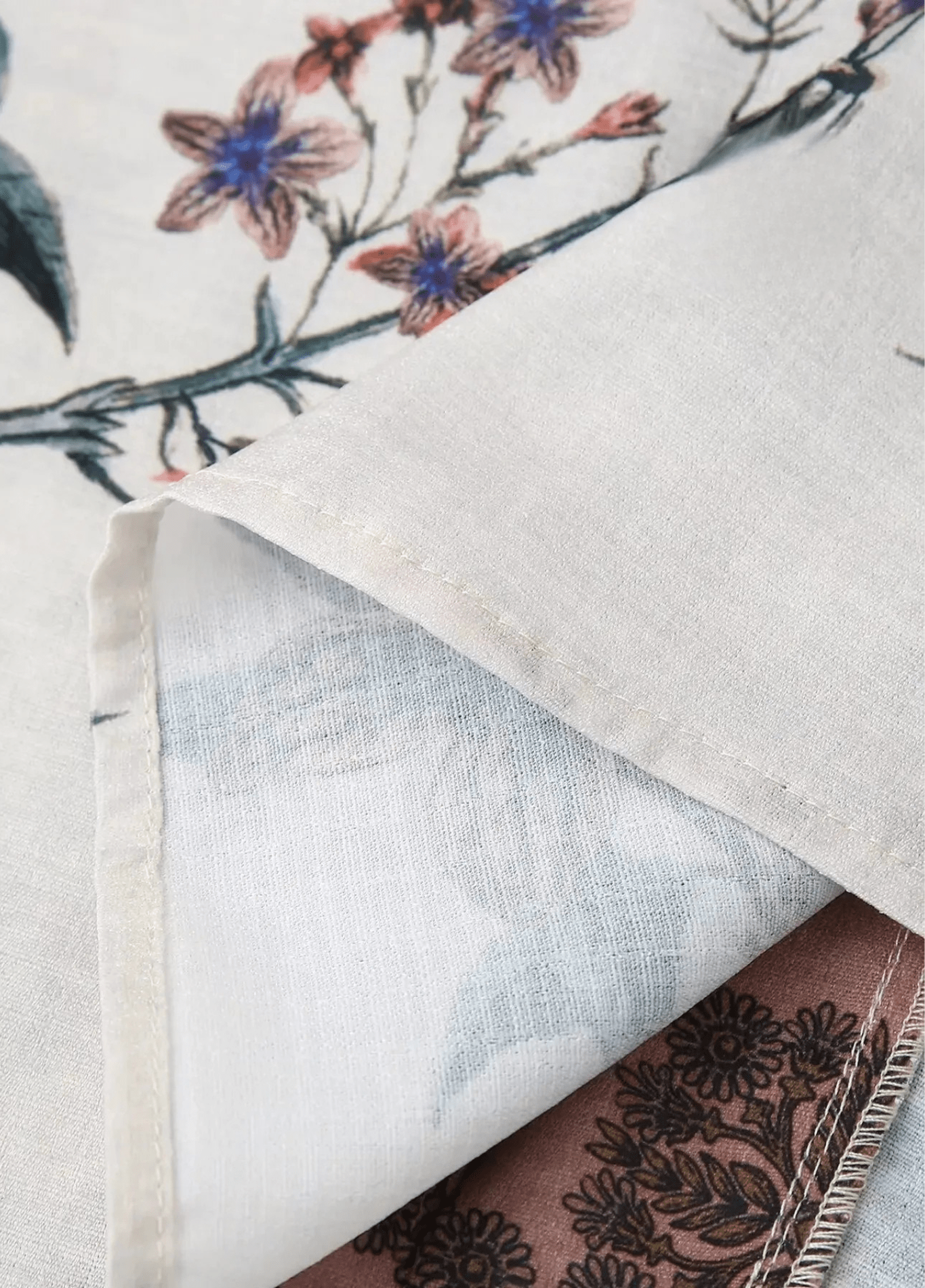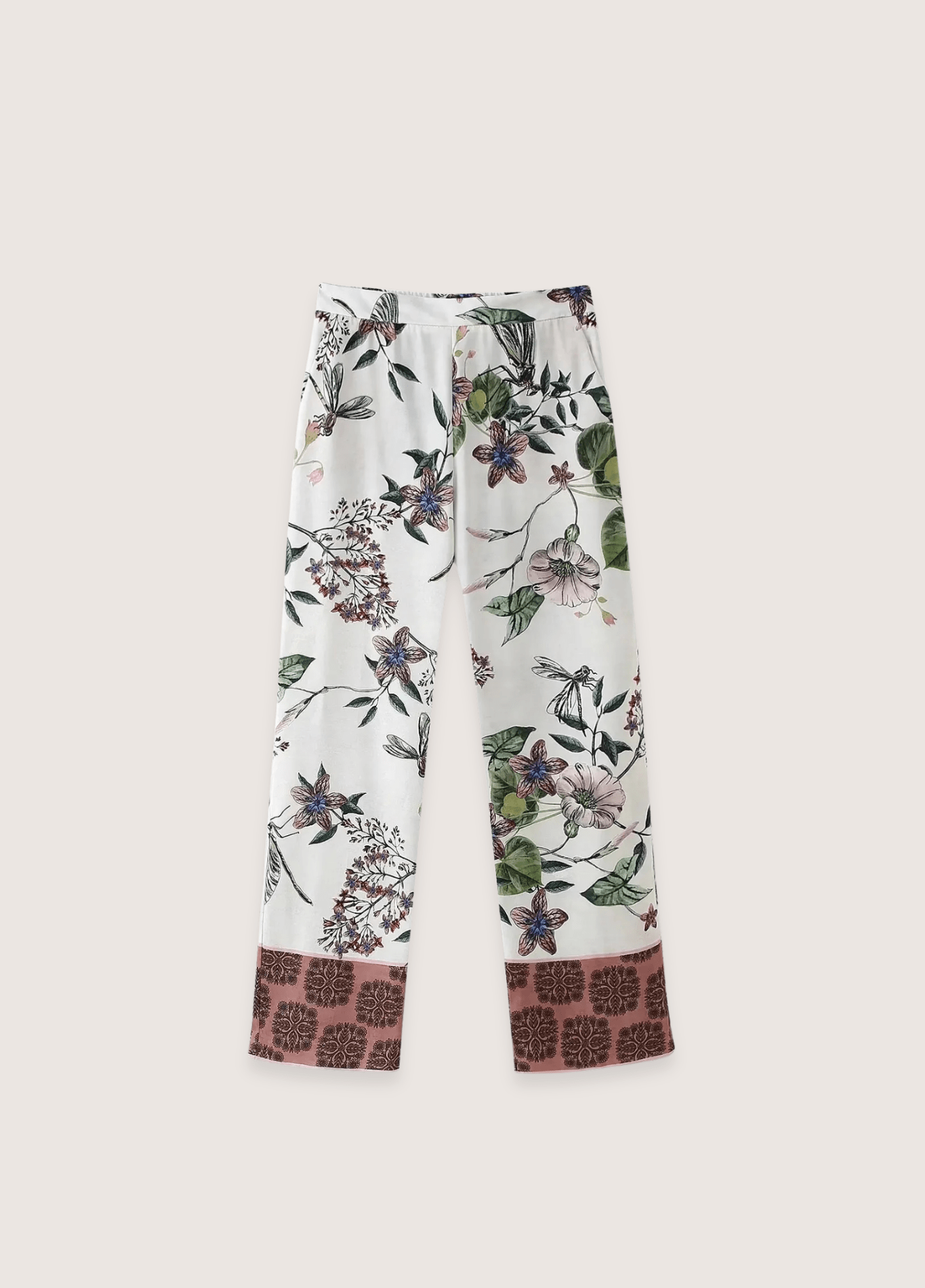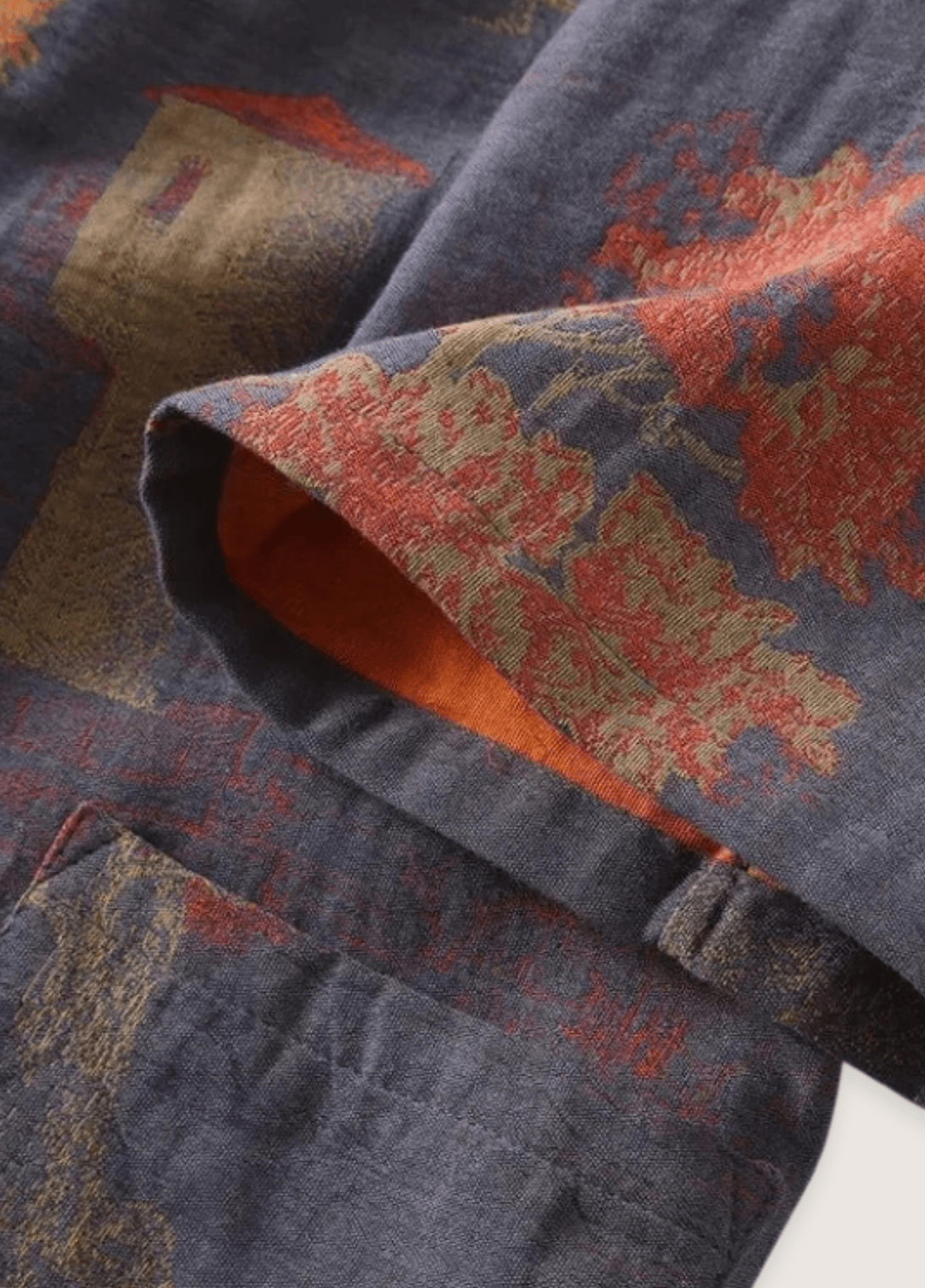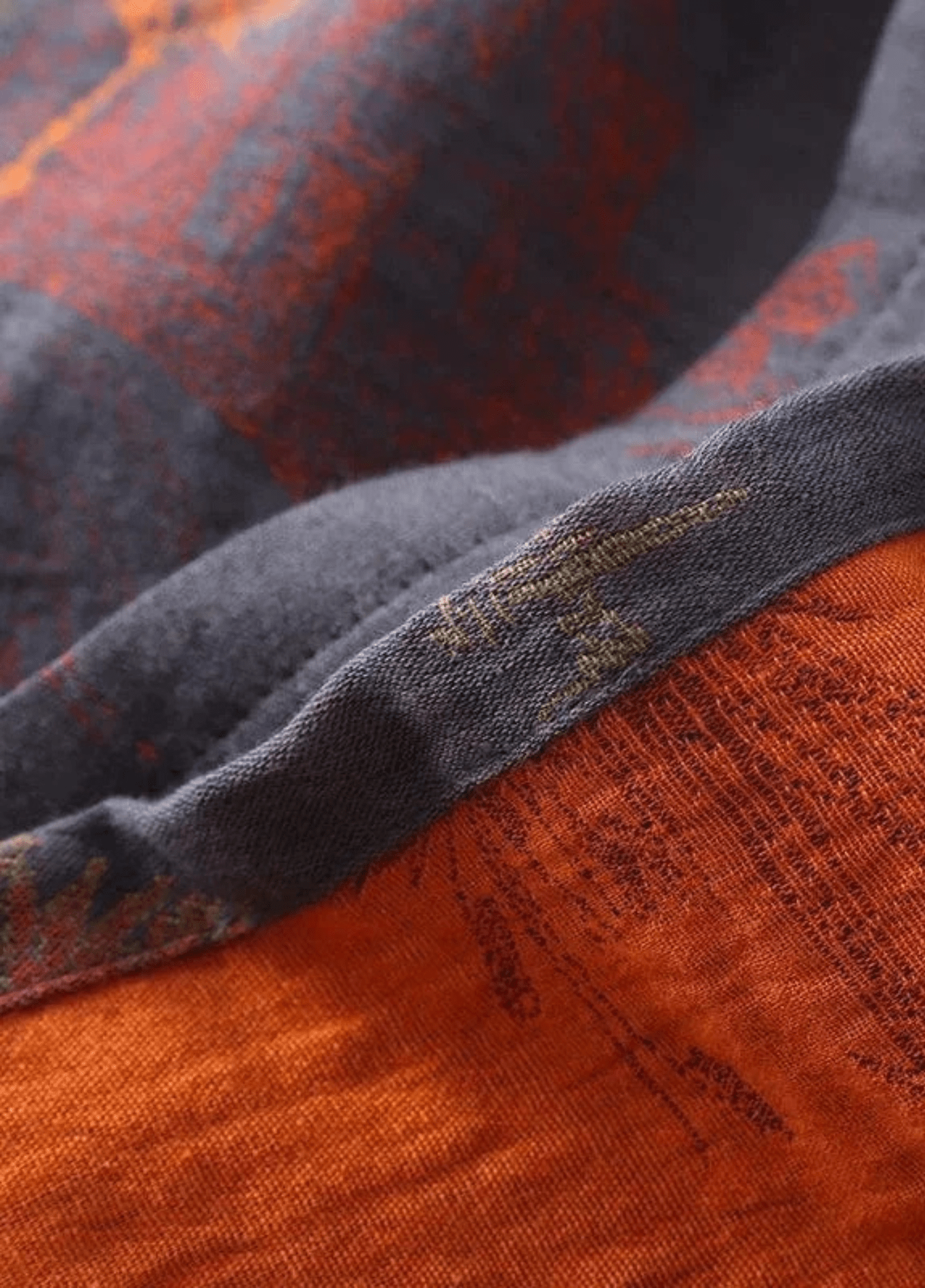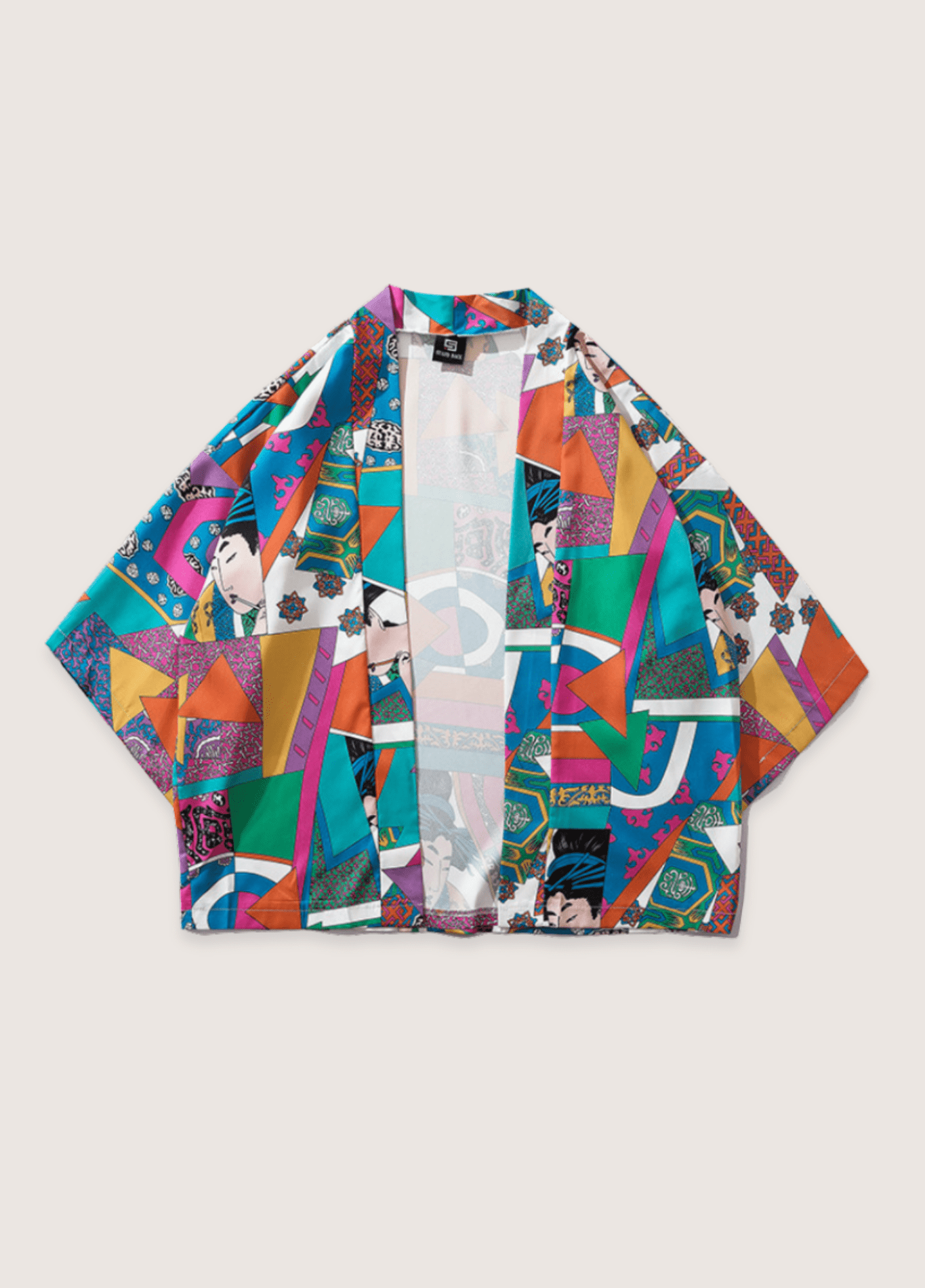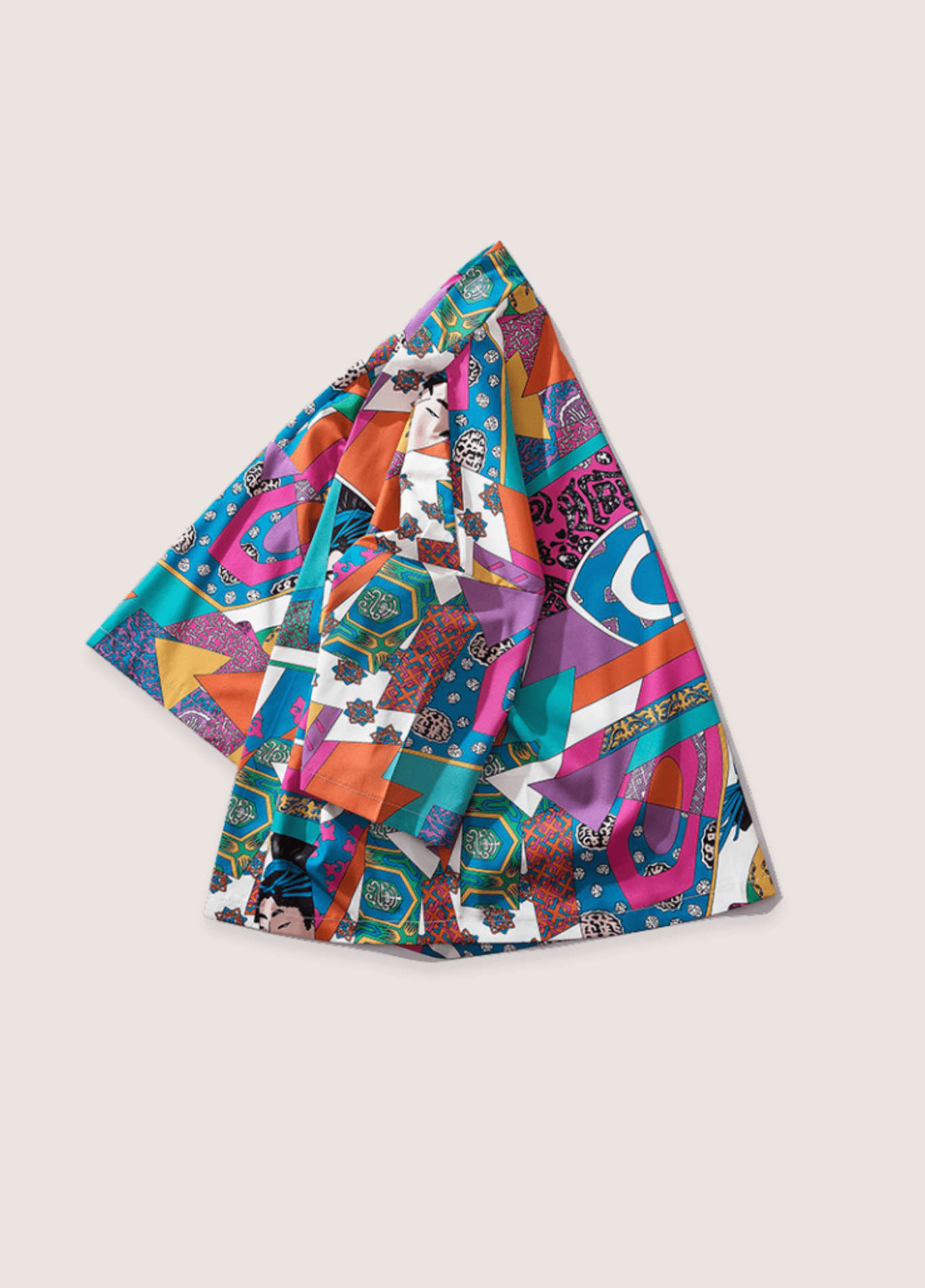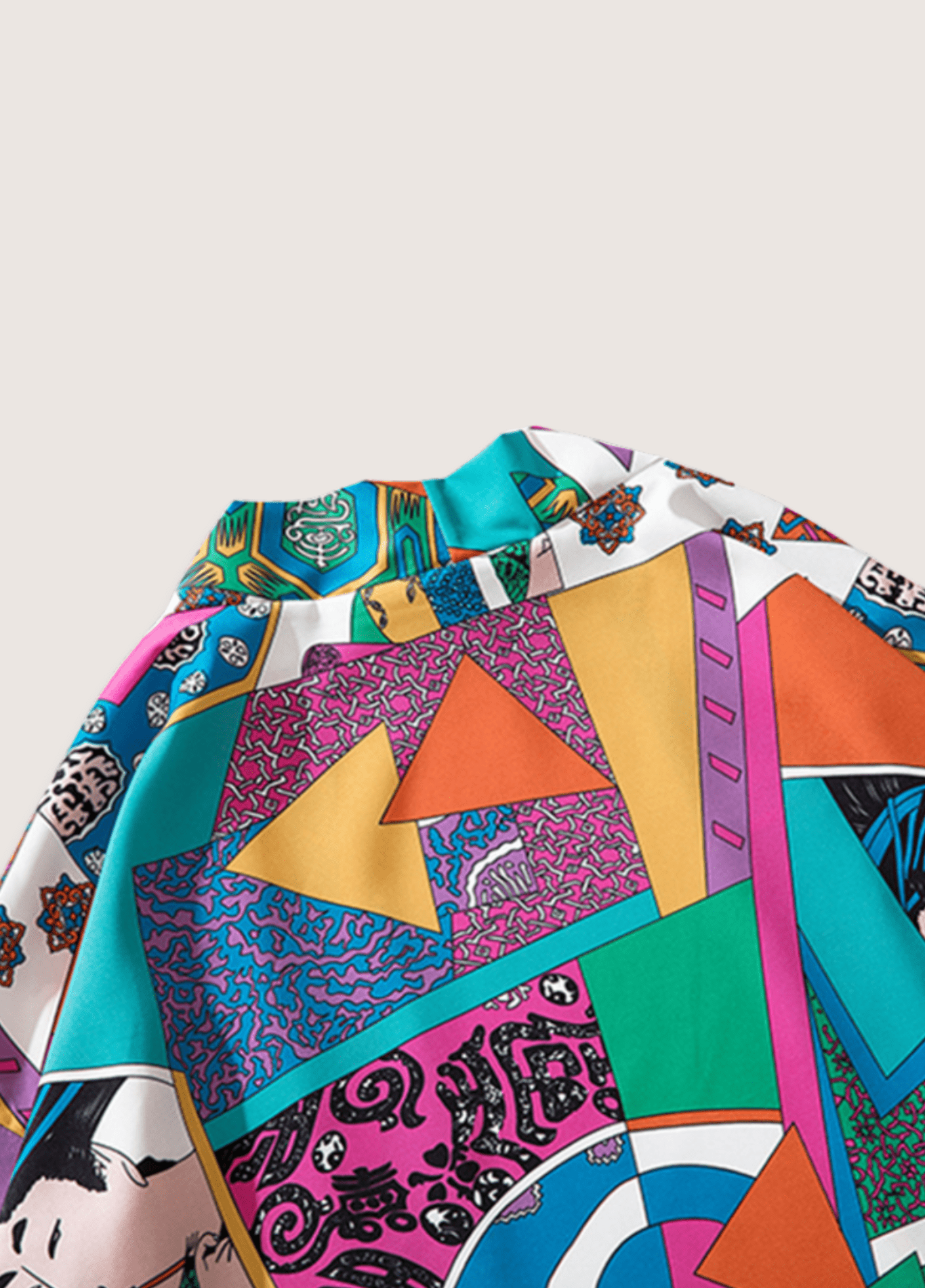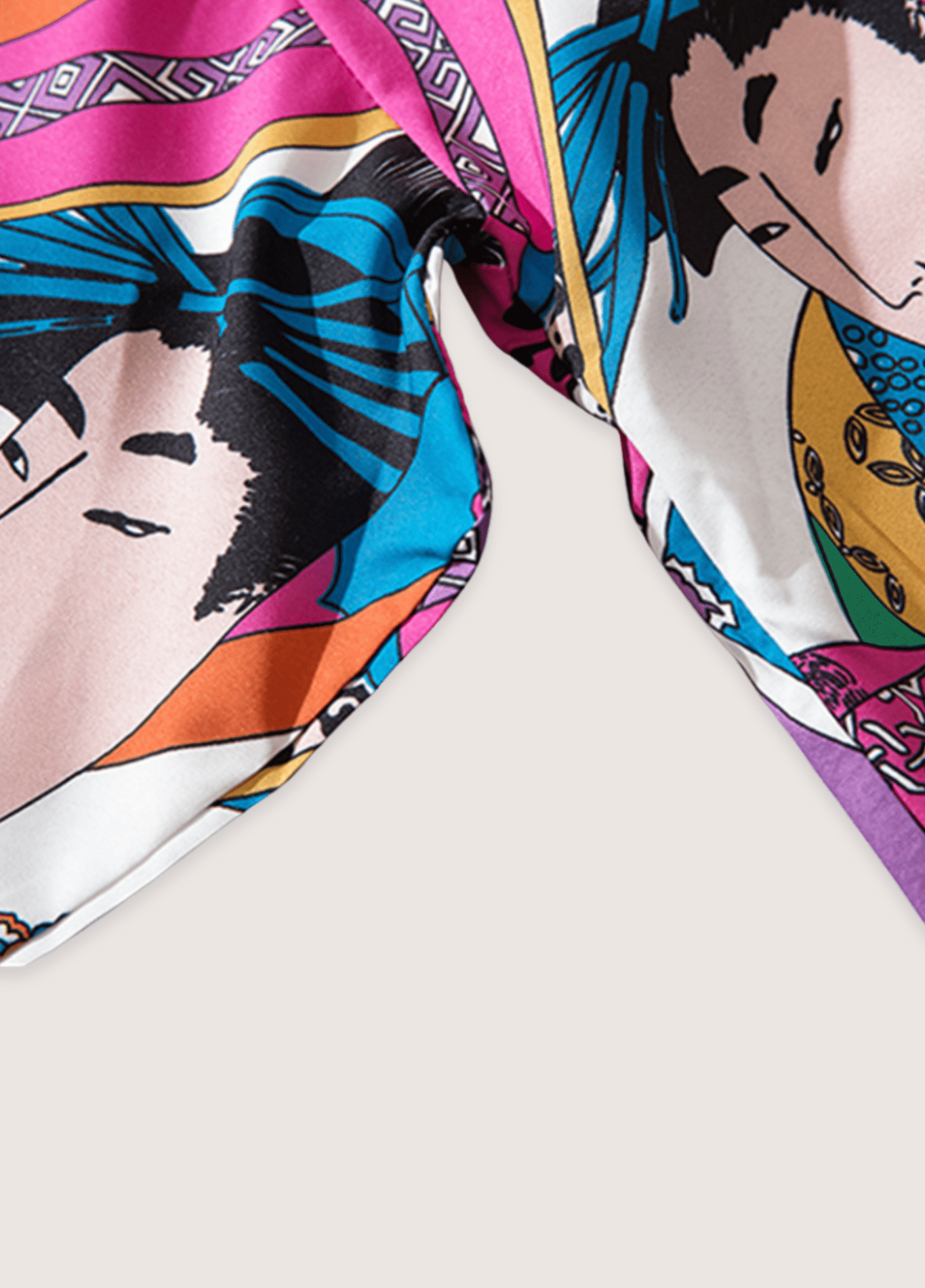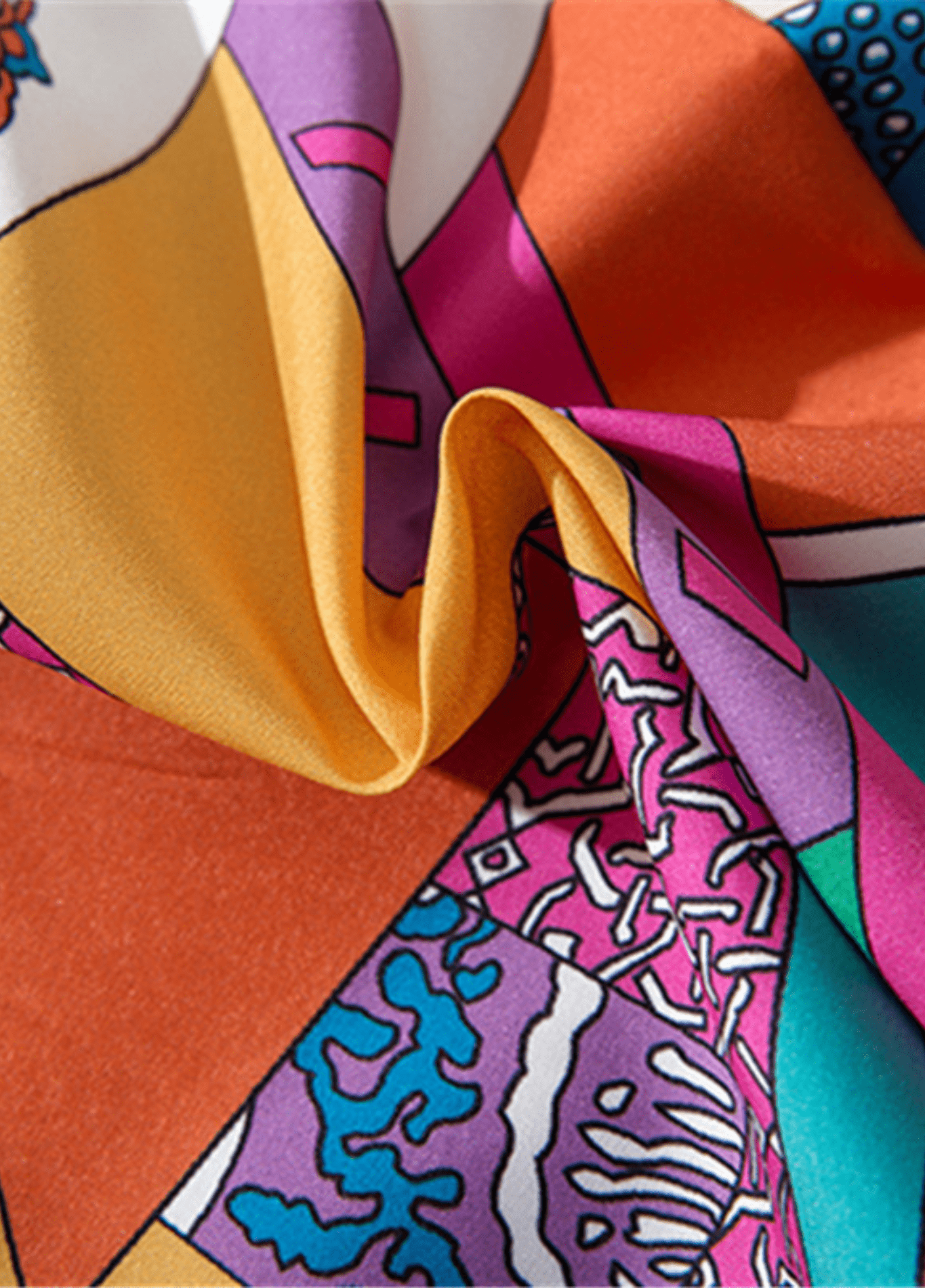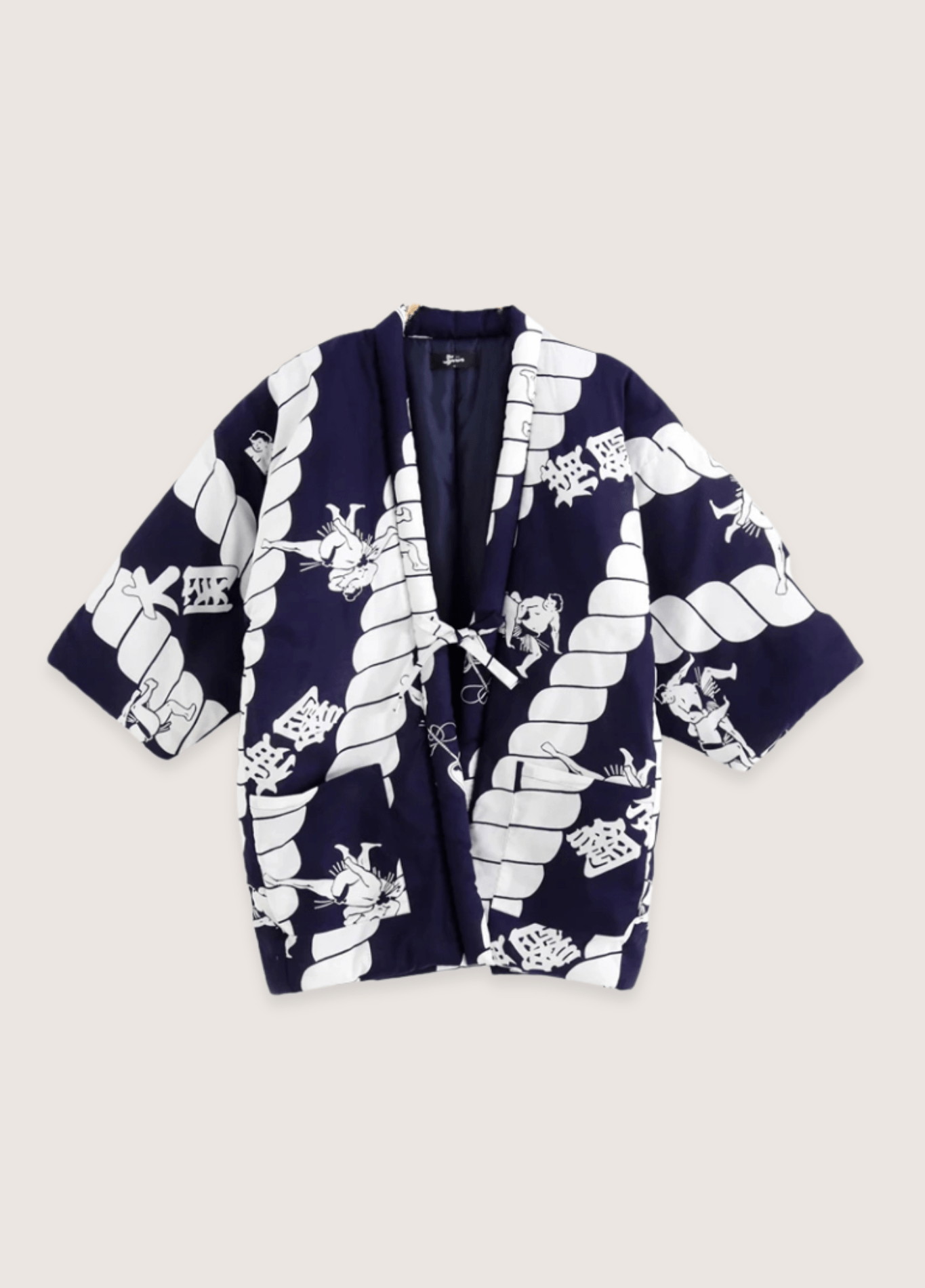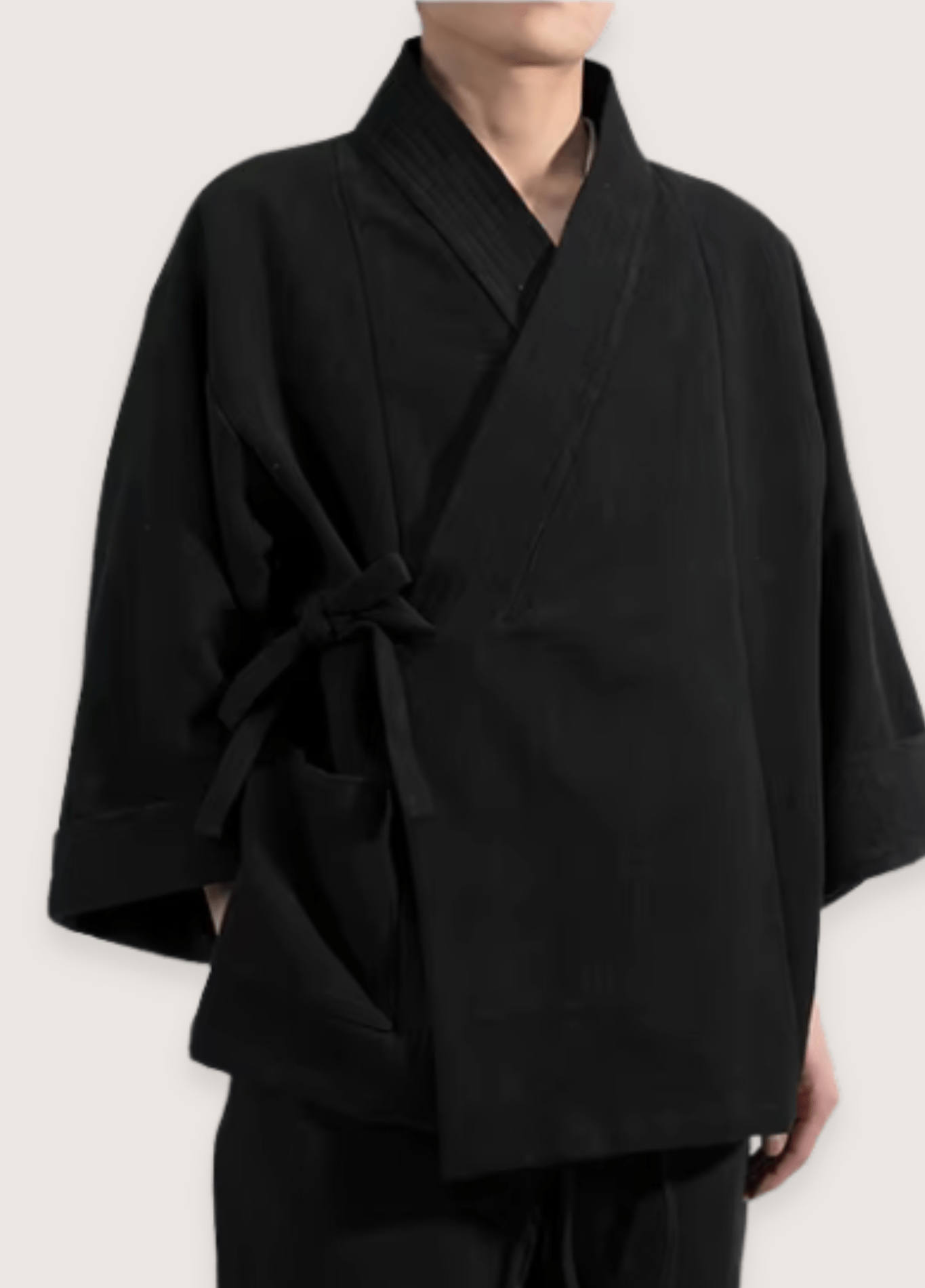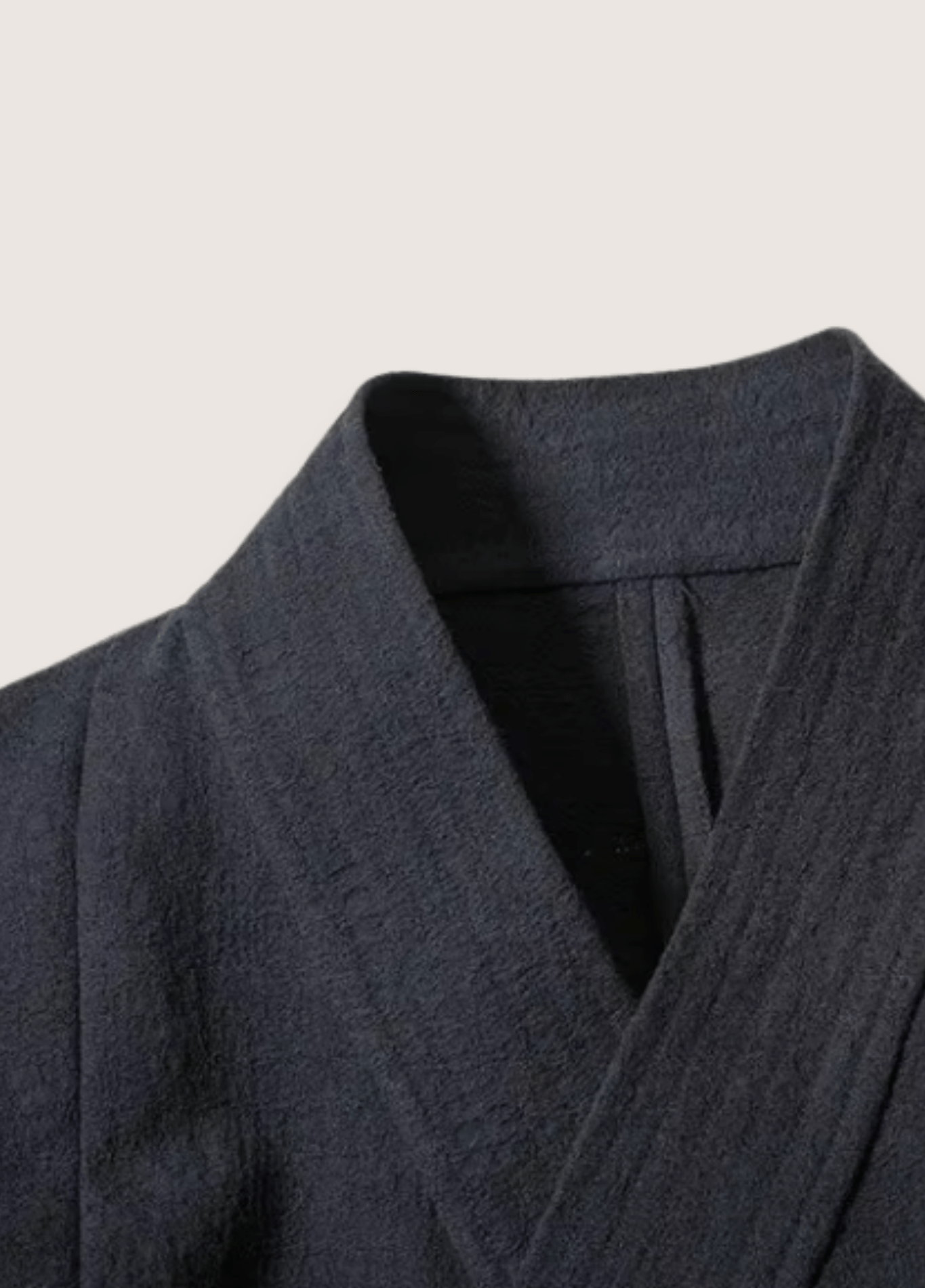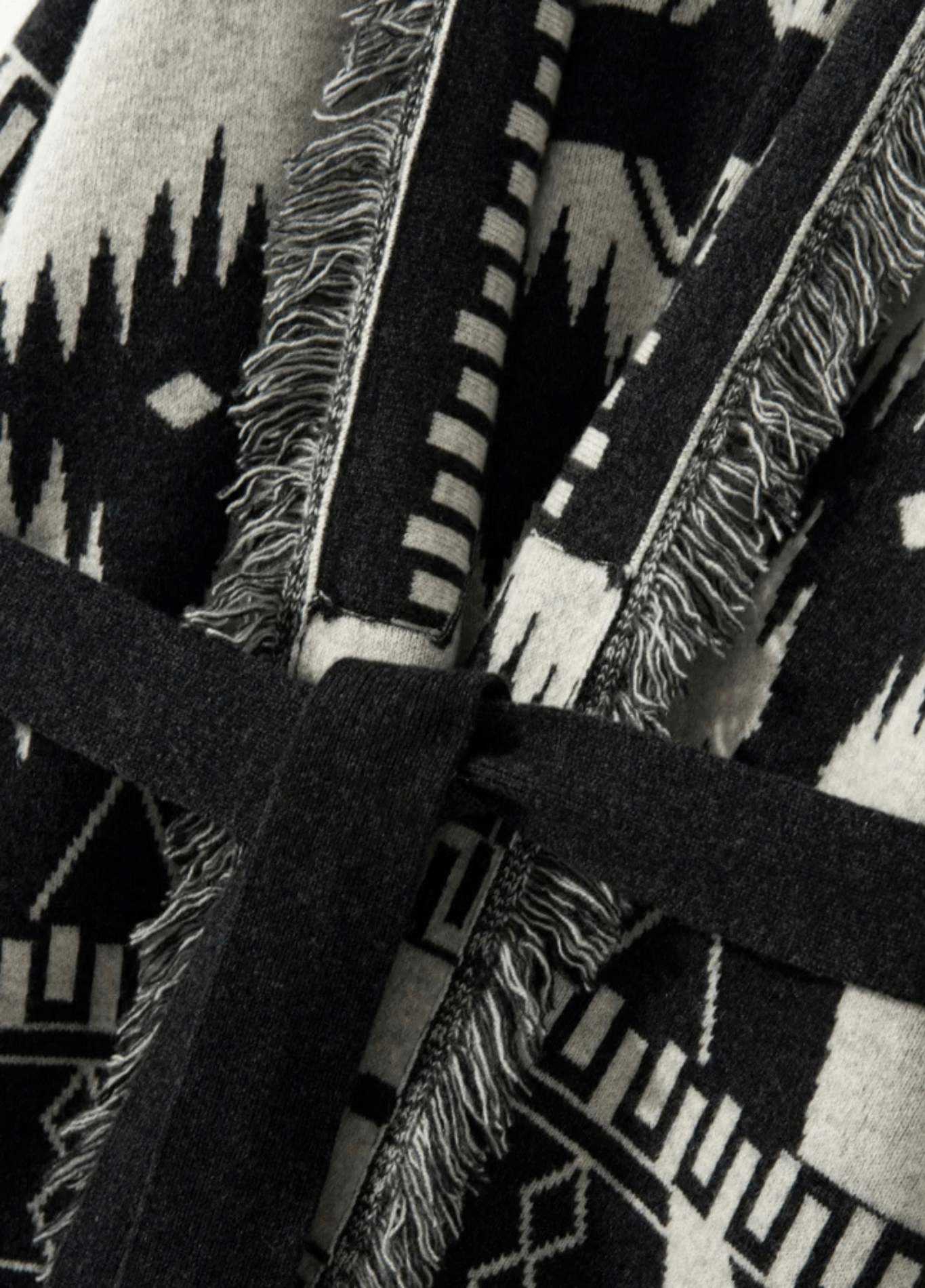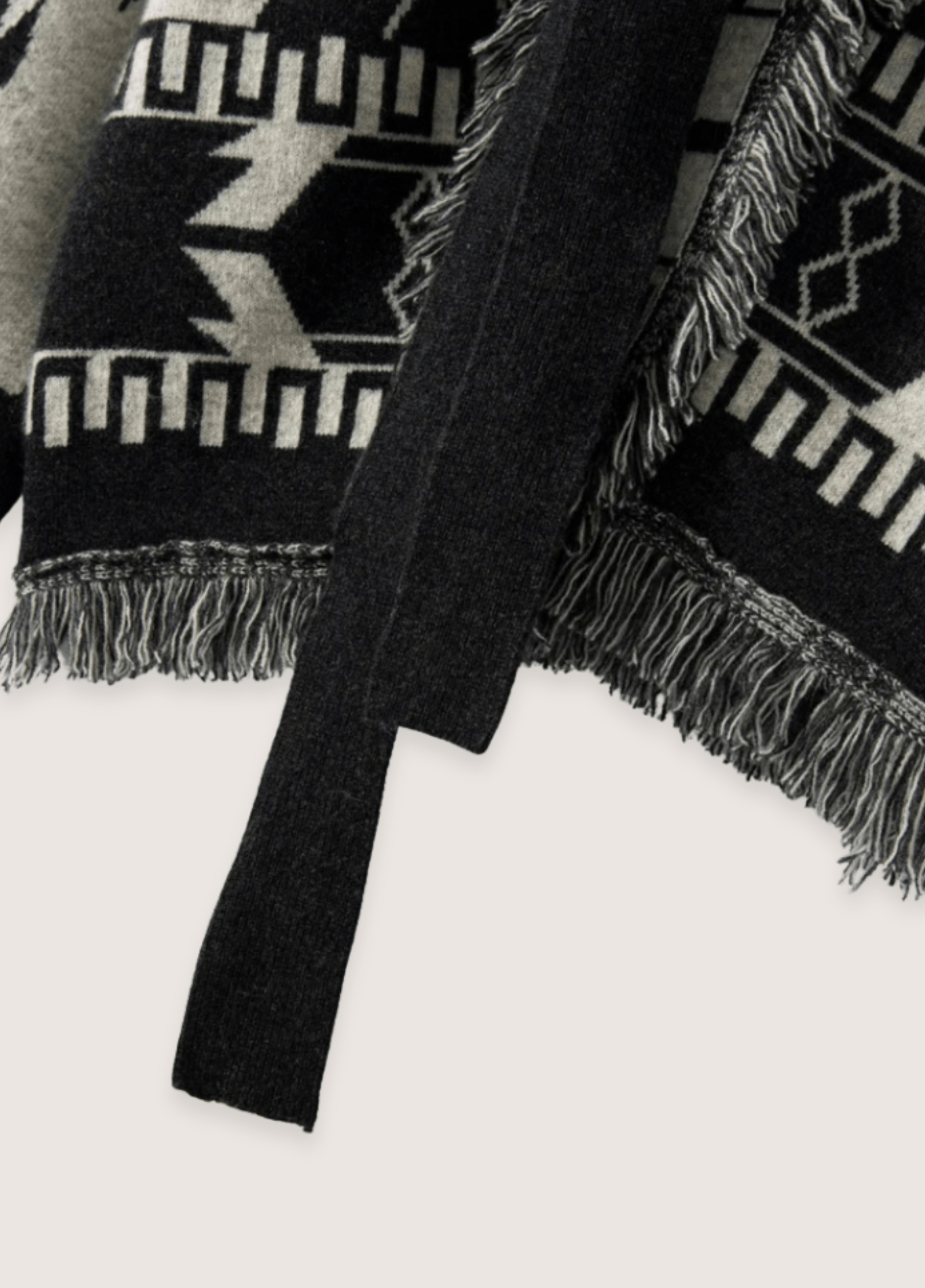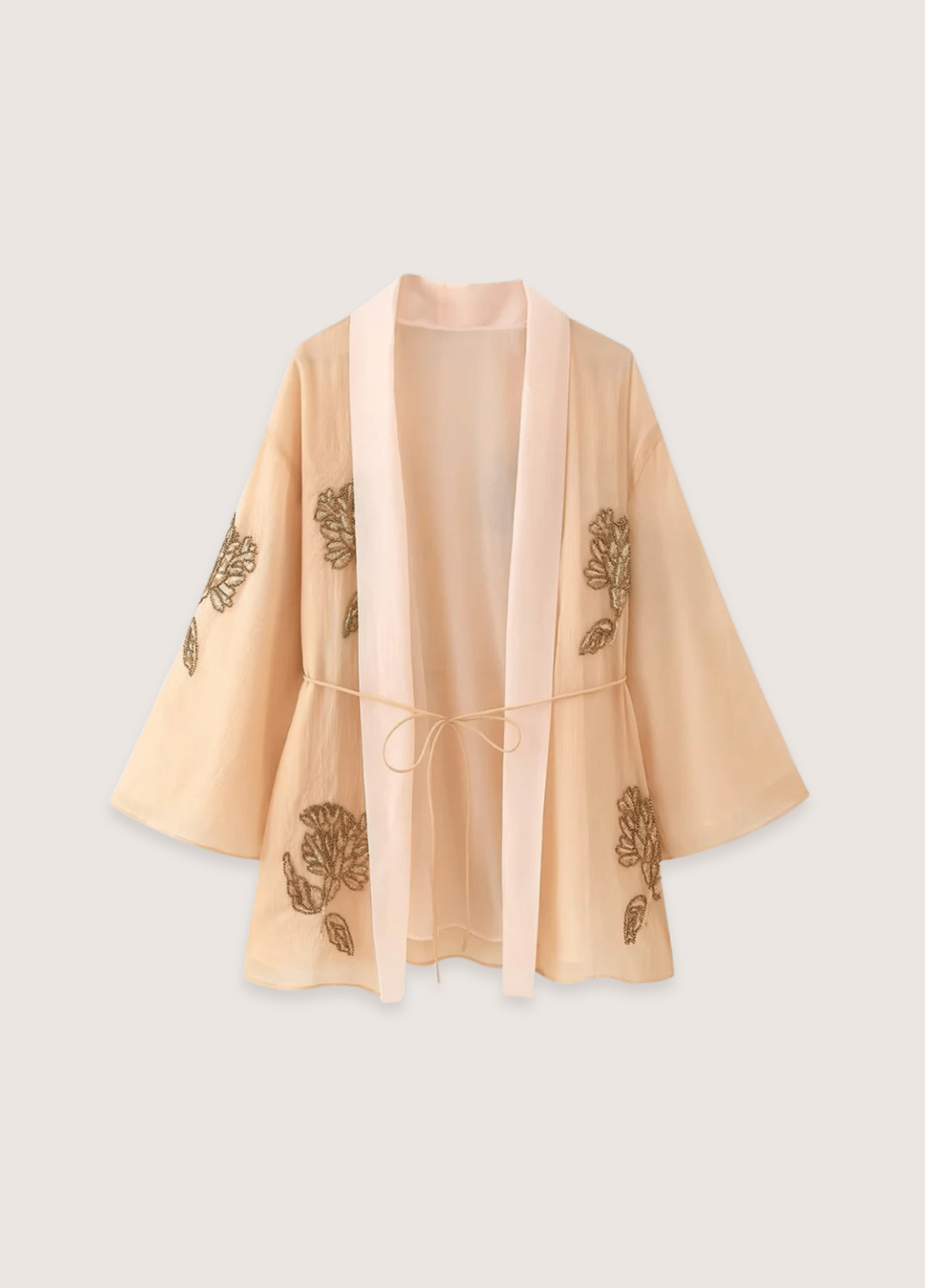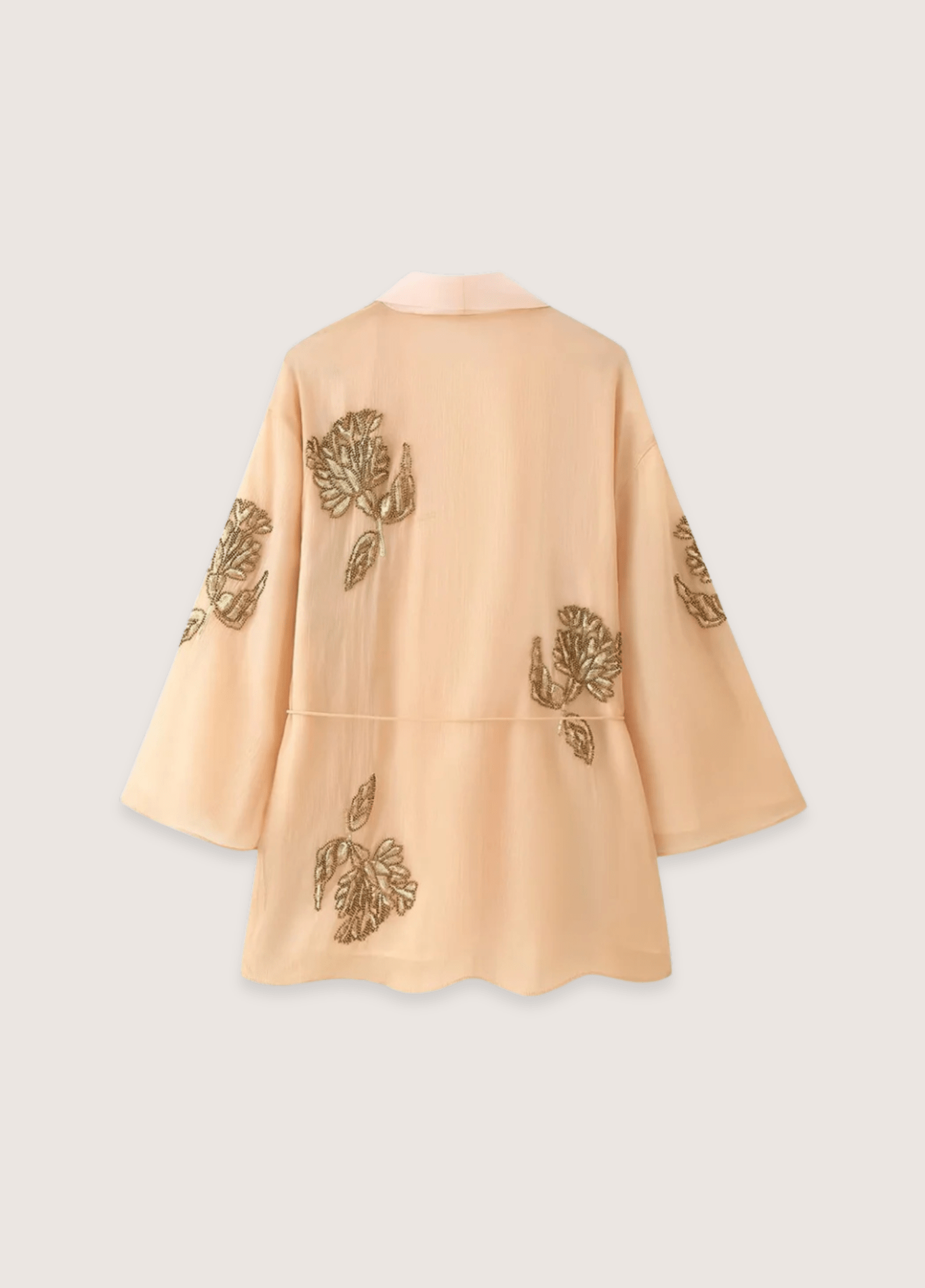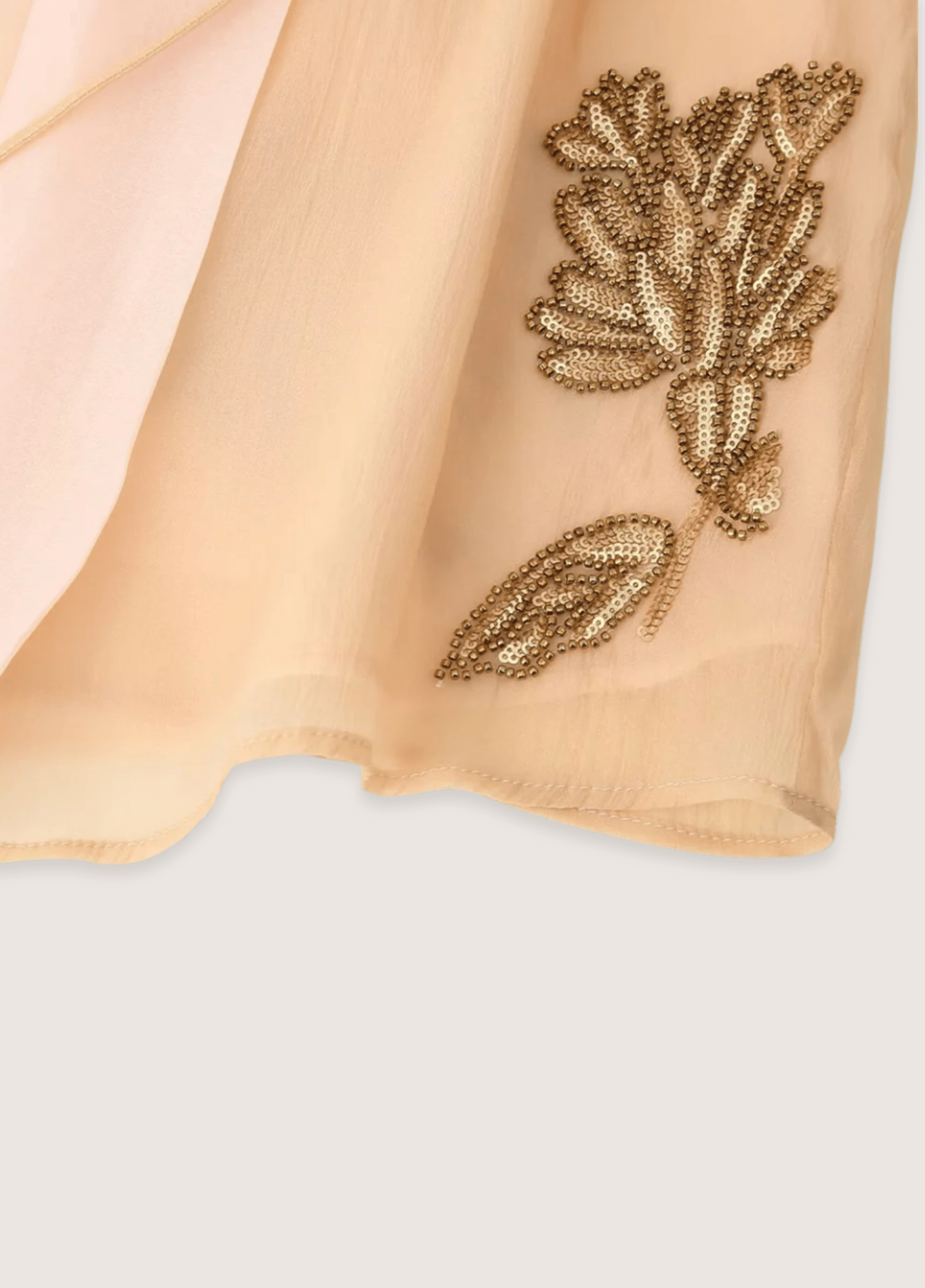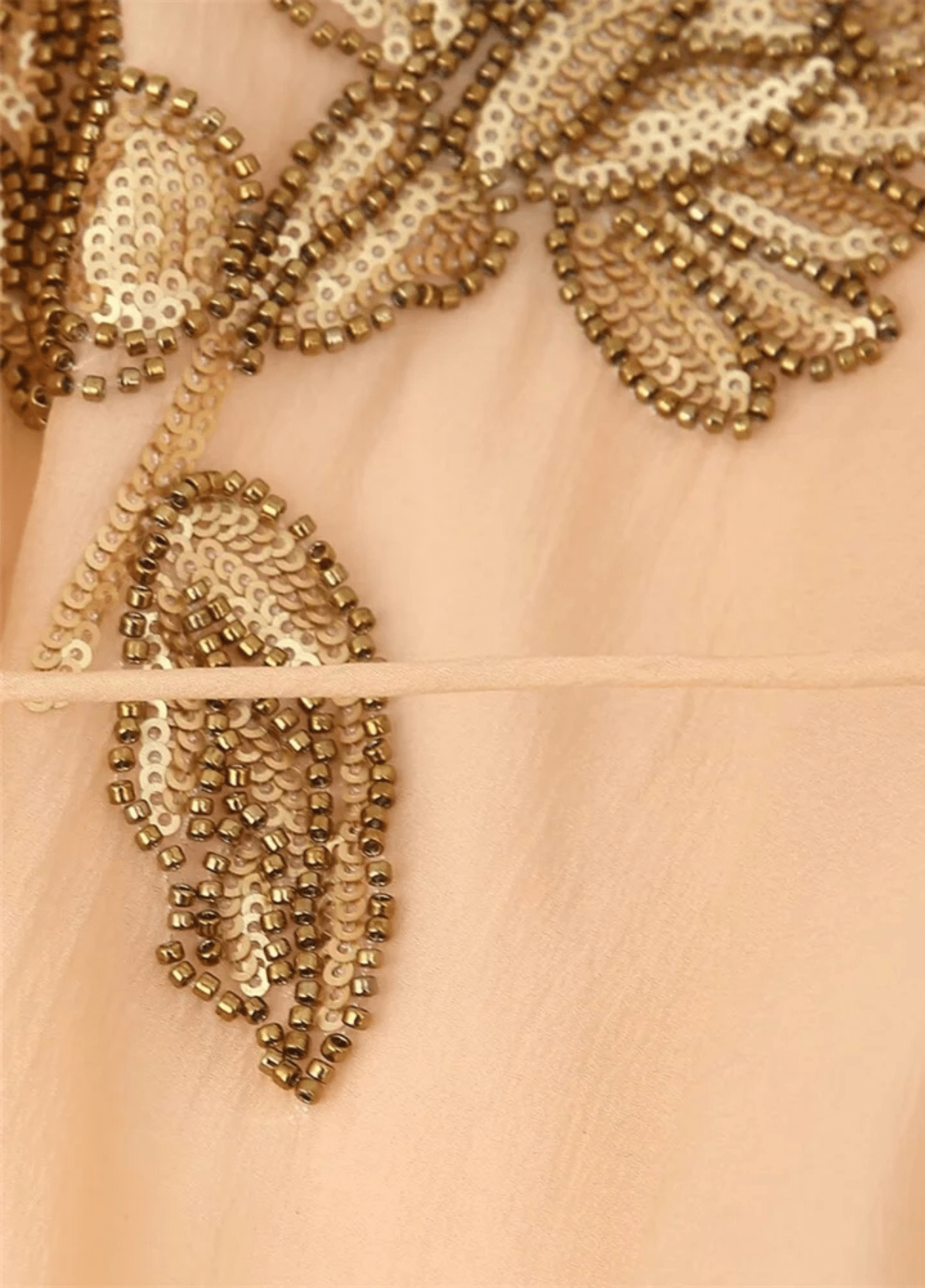In the vast panorama of traditional clothing around the world, one piece stands out for its timeless elegance and deep cultural significance: the kimono . This iconic garment, immediately associated with a particular country, exerts an influence and appeal that extends far beyond its original borders. Let’s dive into the fascinating world of the kimono and discover its rich and complex heritage together.
Summary:
The Japanese origin of the kimono: a thousand-year-old tradition
Kimono Beyond Borders: A Global Influence
The symbolism of the kimono: a language of clothing
The modern kimono: tradition and innovation
The art of kimono: an artisanal tradition in danger?
The Kimono in World Popular Culture
The Future of Kimono: Between Preservation and Evolution
Conclusion: The kimono, a traditional outfit, is a universal heritage
The Japanese origin of the kimono: a thousand-year-old tradition
Japan , the land of the rising sun, is the undisputed birthplace of the kimono. This traditional garment, whose name literally means "thing to wear" in Japanese, has a history dating back more than 1,500 years . Over the centuries, the kimono has become much more than just a piece of clothing; it has transformed into a powerful cultural symbol , embodying the very essence of Japanese aesthetics and values.The evolution of the kimono reflects the social and cultural changes in Japan:
- Nara period (710-794): Appearance of the first kimonos, inspired by Chinese clothing.
- Heian period (794-1185): The kimono takes on its distinctive form with long sleeves.
- Edo period (1603-1868): Heyday of the kimono, with elaborate designs and advanced dyeing techniques.
- Meiji era (1868-1912): Gradual adoption of Western clothing, but the kimono remains important for formal occasions.
Kimono Beyond Borders: A Global Influence
Although the kimono is inseparable from Japanese culture, its influence has spread throughout the world. Many countries have been inspired by its unique aesthetic and deep symbolism.
Korea and Hanbok
Korea , a close neighbor of Japan, has its own traditional dress called hanbok . Although distinct from the kimono, the hanbok shares some similarities in its loose fit and long sleeves. Both garments are a testament to the centuries-old cultural exchanges between these nations.
The West and "Japonomania"
In the late 19th century, Europe and the United States experienced a fascination with Japanese culture, a phenomenon called " Japonomania ." Western artists such as Claude Monet and Vincent van Gogh were deeply influenced by the aesthetic of the kimono, incorporating it into their works and contributing to its global popularity.
The symbolism of the kimono: a language of clothing
The kimono is not just a piece of clothing; it is a language . Every element, from the pattern to the color to the way it is worn, conveys a message about the wearer.- Colors have special meanings: white for purity, red for luck, black for formality.
- Patterns may indicate the season, age or social status of the wearer.
- The way the obi (sash) is tied can reveal whether a woman is married or single.
This complexity makes the kimono a true living art , often requiring expert assistance to be worn correctly on formal occasions.
The modern kimono: tradition and innovation
In contemporary Japan, the kimono is no longer an everyday garment, but it remains deeply rooted in the national culture. It is still worn for special occasions such as:- Wedding ceremonies
- Coming of Age Ceremony (seijin-shiki)
- The funeral
- Traditional festivals
The art of kimono: an artisanal tradition in danger?
Making a traditional kimono is a long and complex process , involving many specialized artisans. Each step, from dyeing the silk to embroidering the designs, requires years of training and great expertise.
Unfortunately, this craft tradition is under threat. The number of people capable of creating kimonos in the traditional way is decreasing every year, raising important questions:
- How can we preserve this unique know-how?
- How to adapt the kimono to the needs of modern society without losing its essence?
- What role can new technologies play in preserving this art?
The Kimono in World Popular Culture
The influence of the kimono extends far beyond traditional fashion. It can be found in various aspects of global popular culture:-
Cinema and television : The kimono appears frequently in audiovisual productions, not only in Japanese films but also in Hollywood productions, often symbolizing exoticism and tradition.
- Contemporary Fashion : International fashion designers regularly draw inspiration from the kimono for their collections, adapting its clean lines and elaborate patterns to modern garments.
- Art and Design : The aesthetic of the kimono influences many artistic fields, from painting to interior decoration to graphic design.
-
Literature : The kimono is often used as a metaphor or symbol in world literature, representing tradition, beauty, or cultural change.
This presence in popular culture helps to maintain interest in the kimono and make it known to new generations around the world.
The Future of Kimono: Between Preservation and Evolution
Faced with the challenges of modernity, the kimono finds itself at a crossroads. How can it survive and thrive in a constantly changing world? Several paths are emerging:
1. Education and transmission: Initiatives aimed at teaching the art of kimono to younger generations are multiplying, both in Japan and abroad.
2. Technological innovation : The use of new technologies in the creation and customization of kimonos could attract a younger audience.
3. International collaborations : Partnerships between Japanese artisans and foreign designers can give rise to innovative interpretations of the kimono.
4. Sustainability : The emphasis on sustainability and craftsmanship could re-establish the kimono among an environmentally conscious audience.
5. Functional adaptation : Creating kimonos that are easier to wear on a daily basis could encourage more frequent use.
The kimono, a traditional outfit, is a universal heritage
Although the kimono is inextricably linked to Japan , its influence and appreciation transcend borders. It embodies an aesthetic philosophy and approach to life that resonates with people around the world.
The kimono reminds us of the importance of:
- Preserving cultural traditions
- Appreciate the beauty in the details
- Respecting artisanal know-how
The kimono, much more than a simple garment, is a living testimony to history, art and culture. Its ability to adapt and inspire across eras and borders makes it a true treasure of humanity, whose preservation and evolution will continue to fascinate and enrich our multicultural world.


